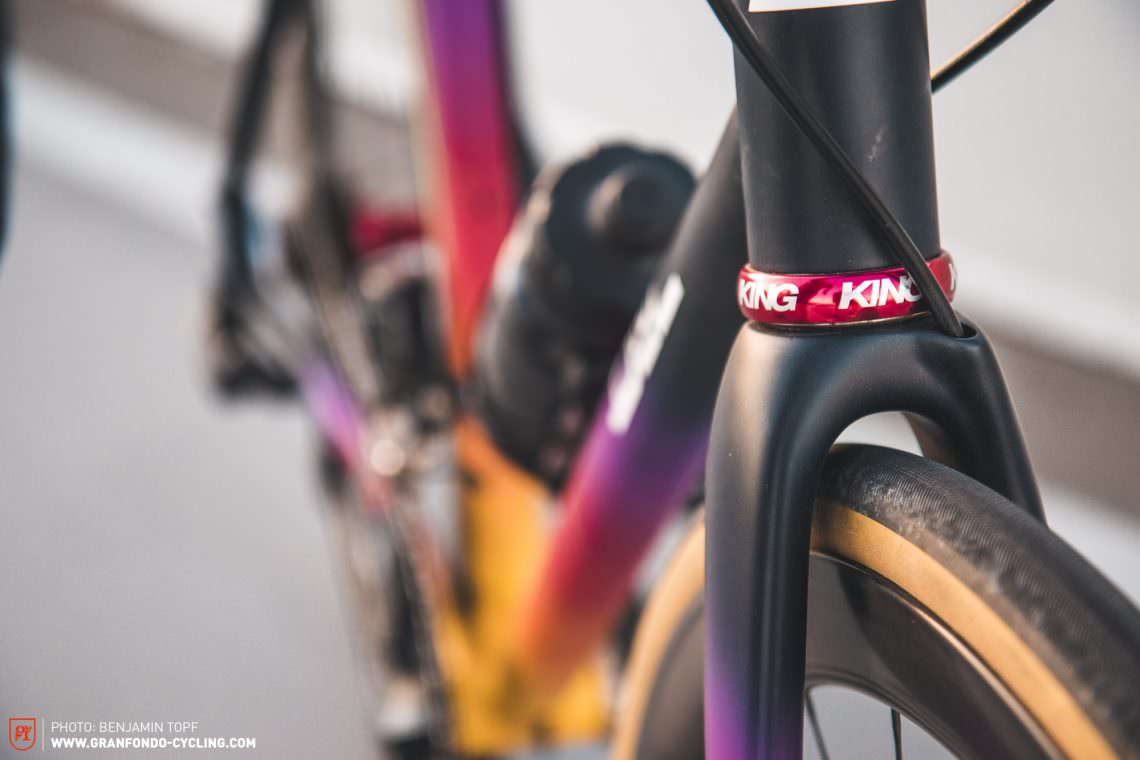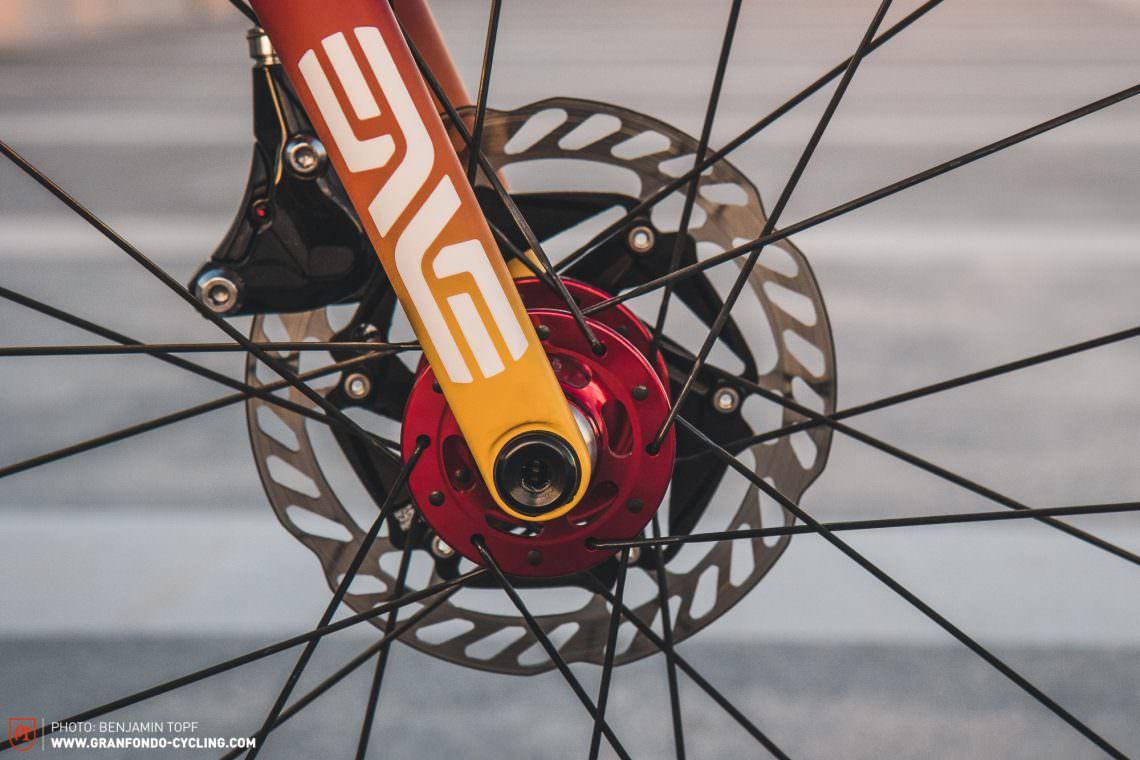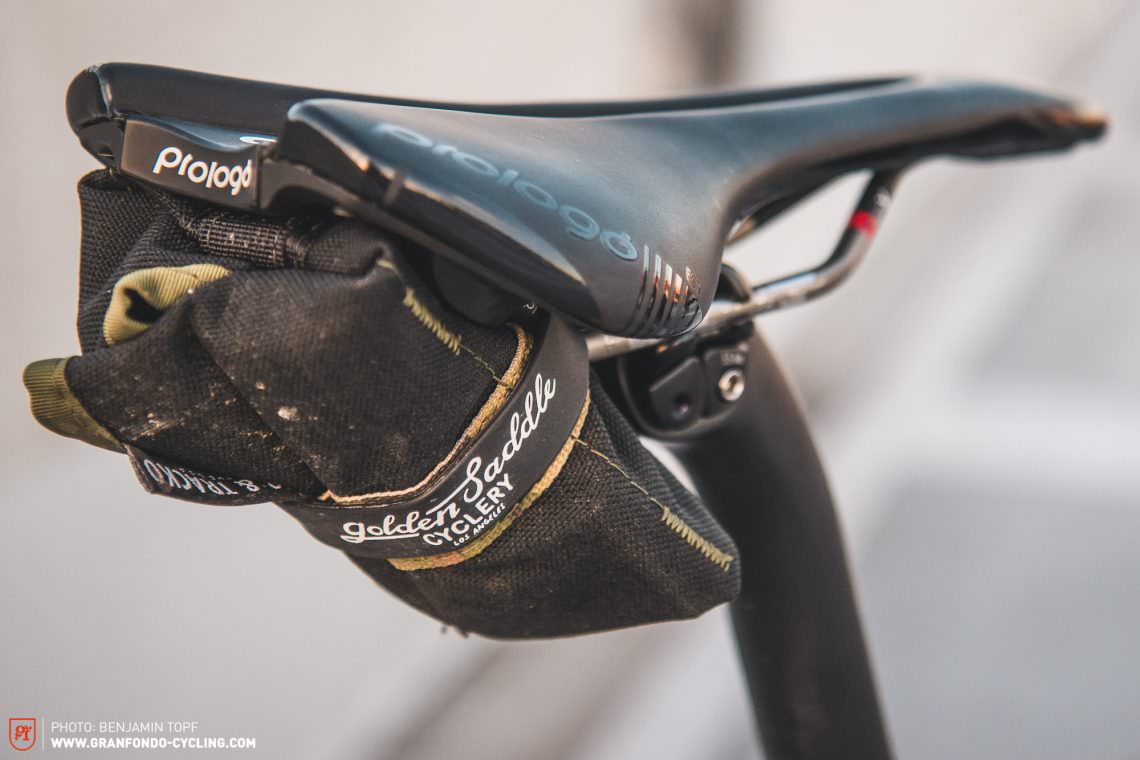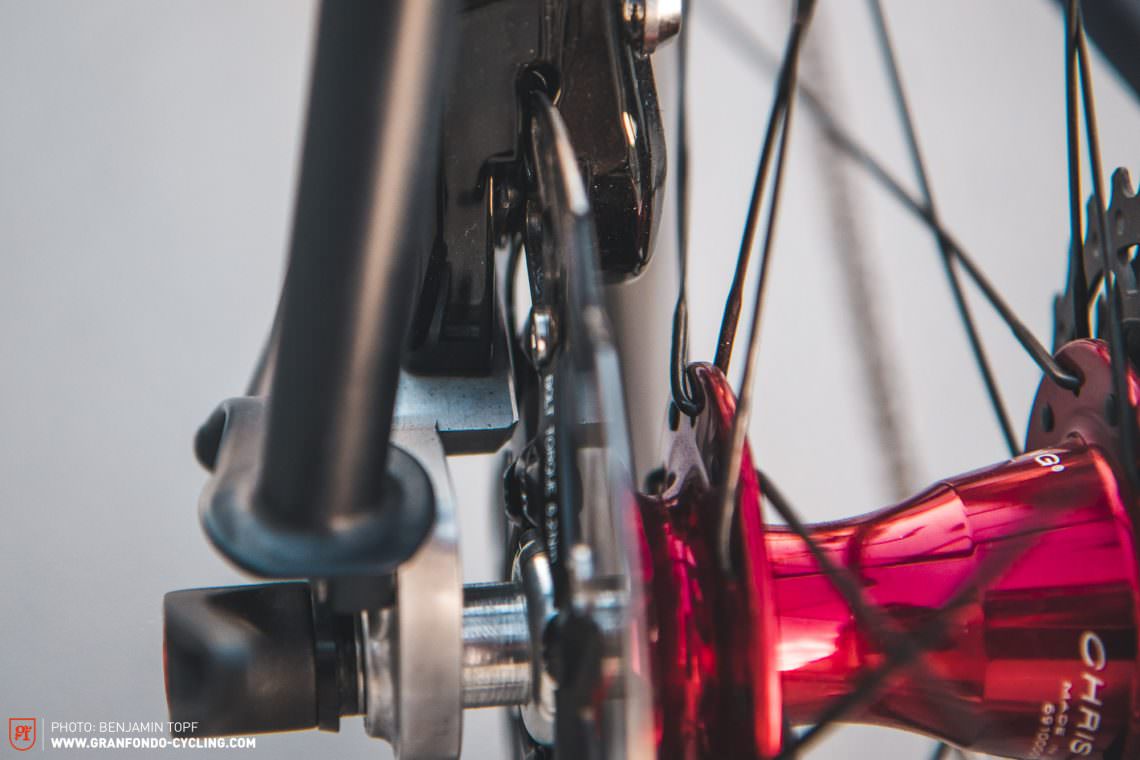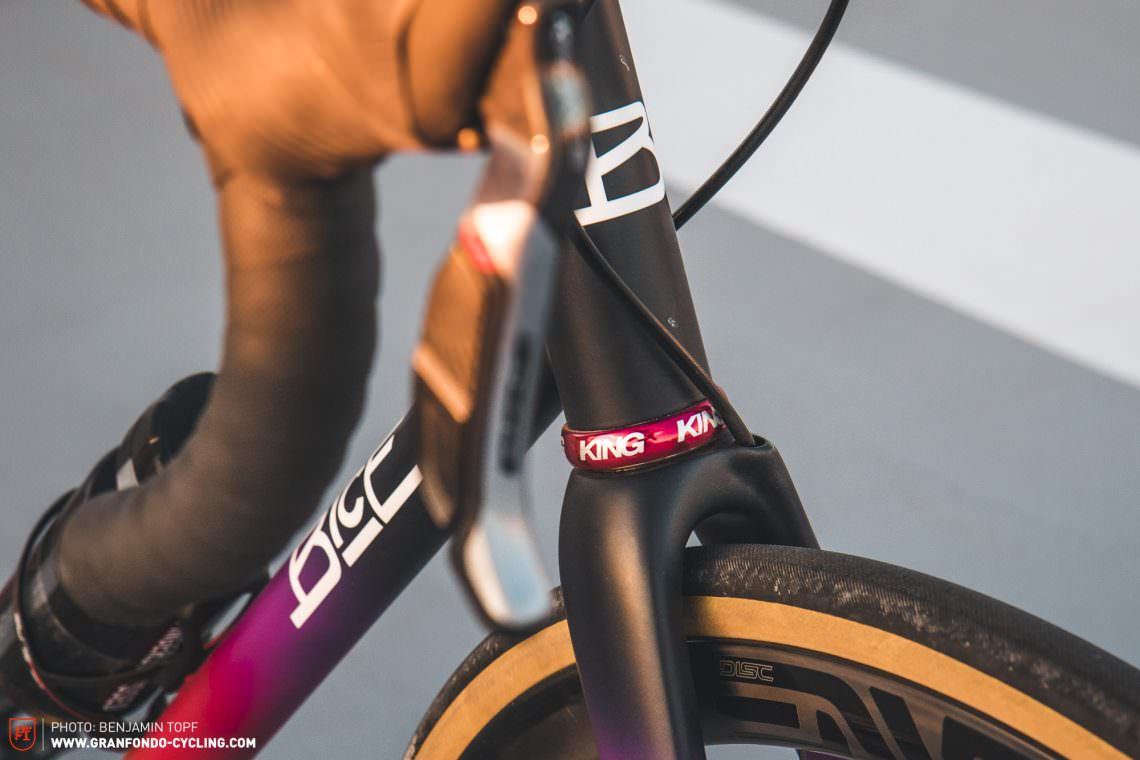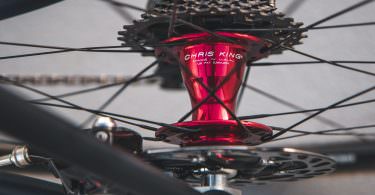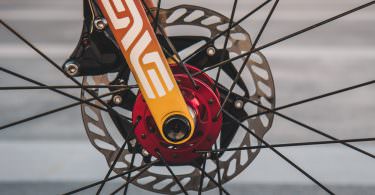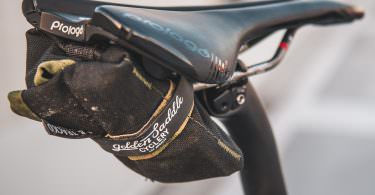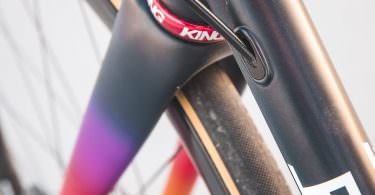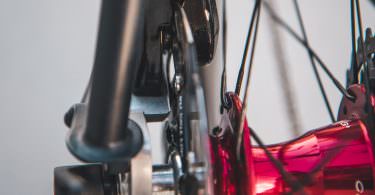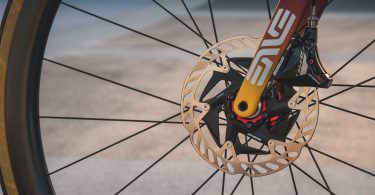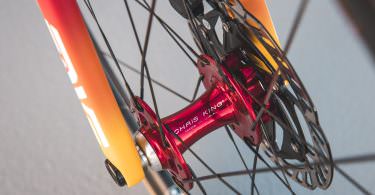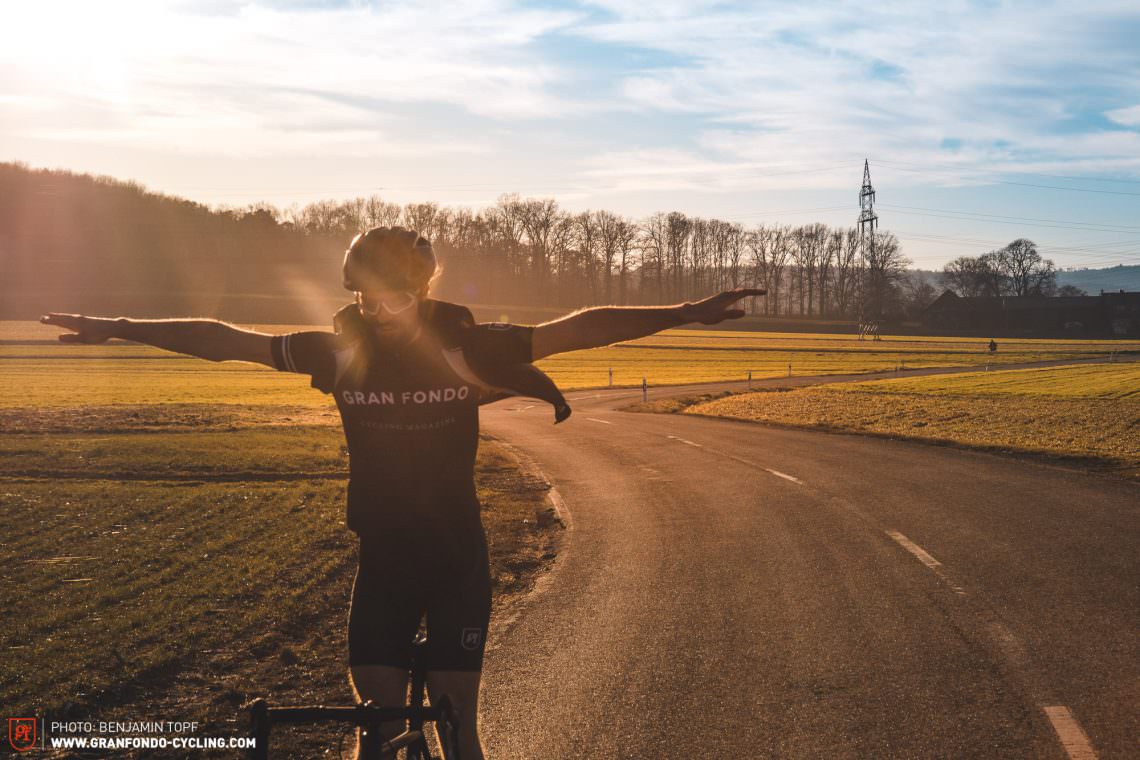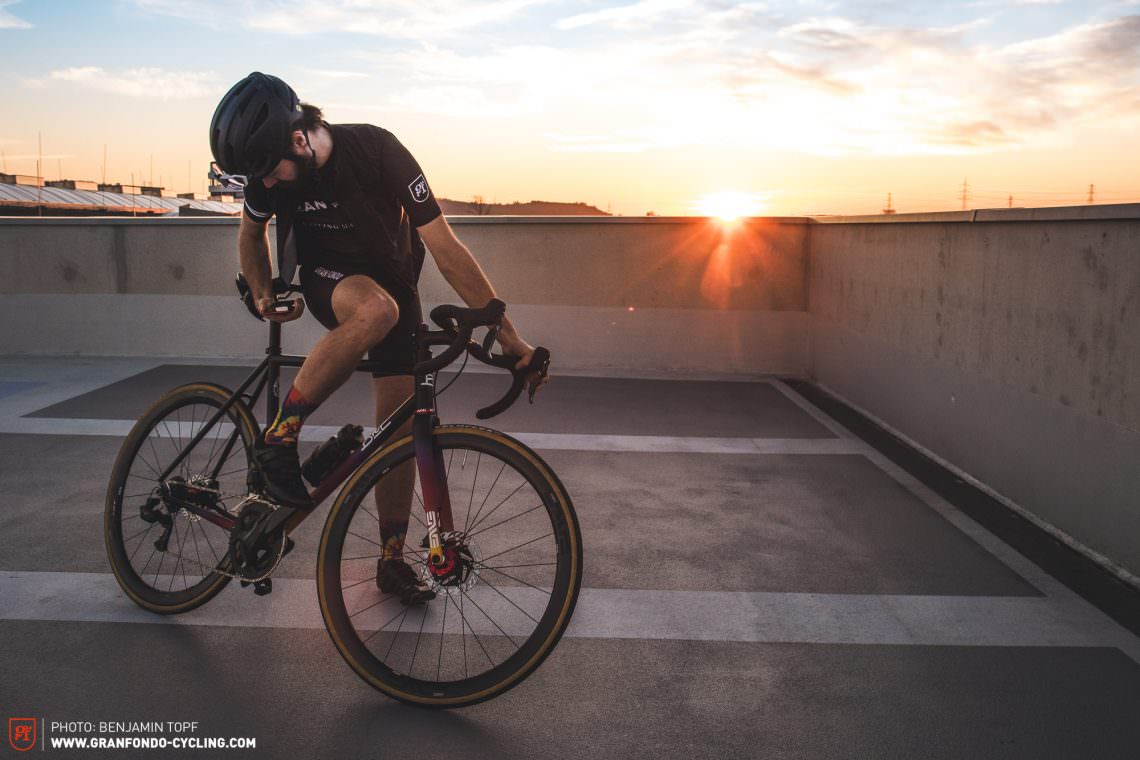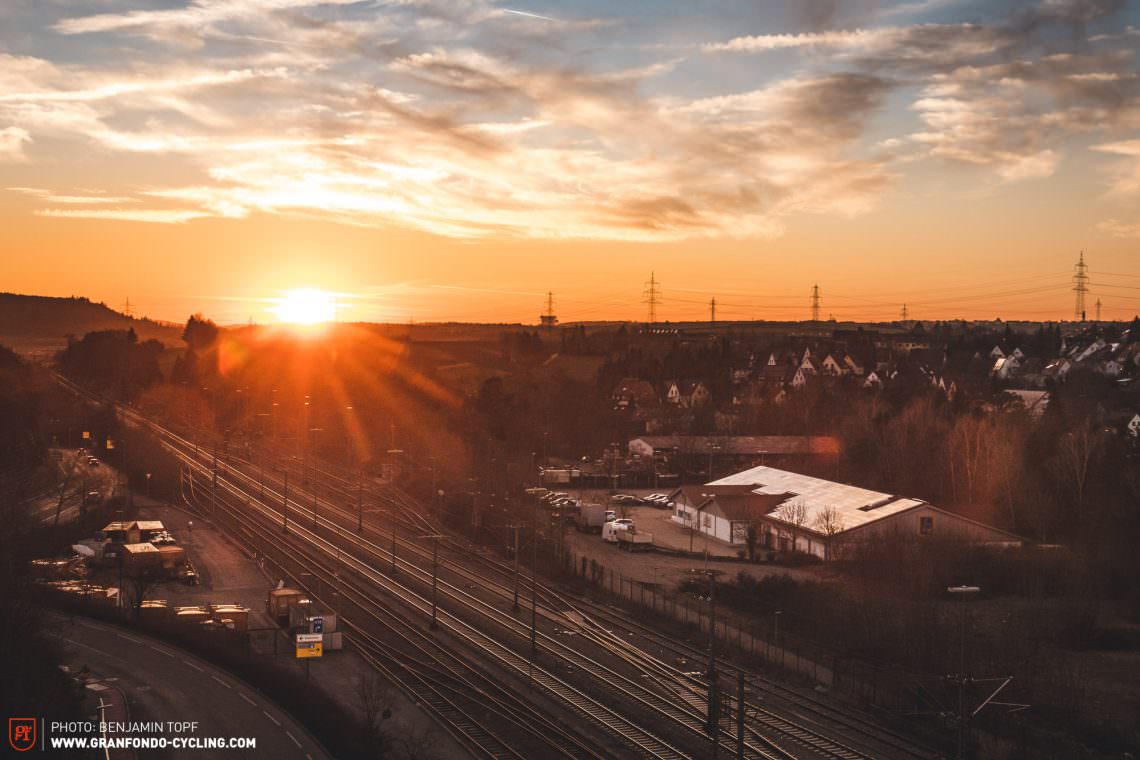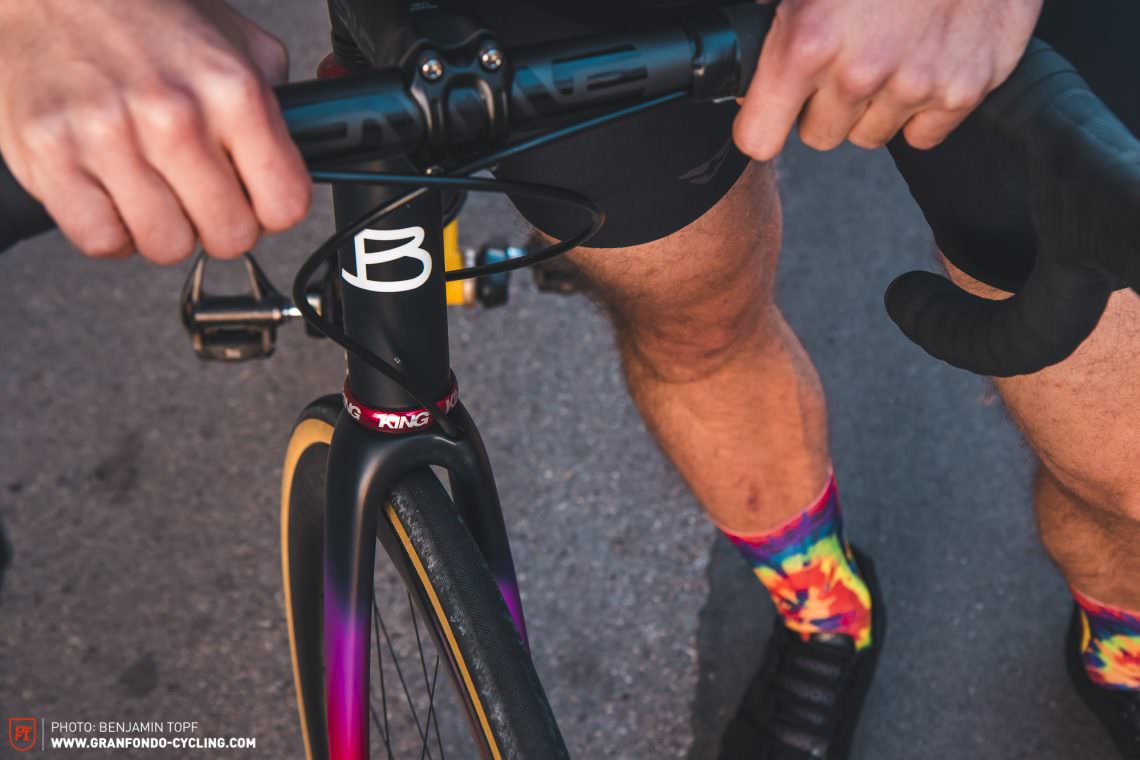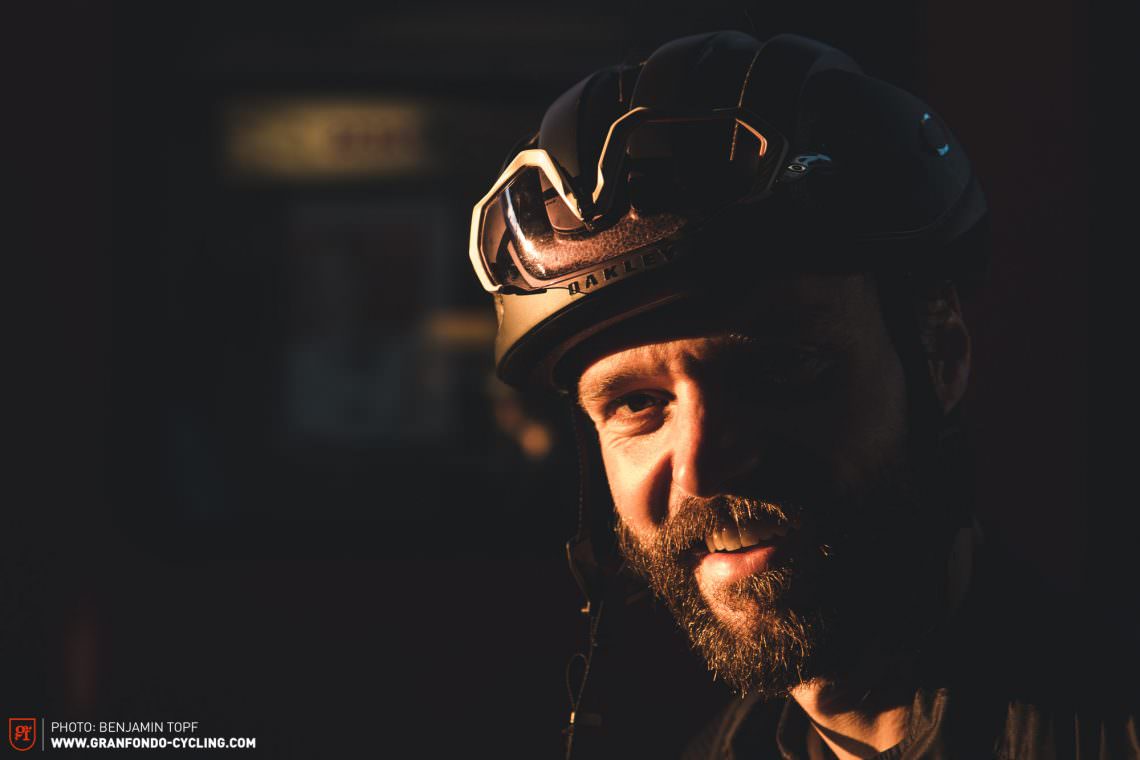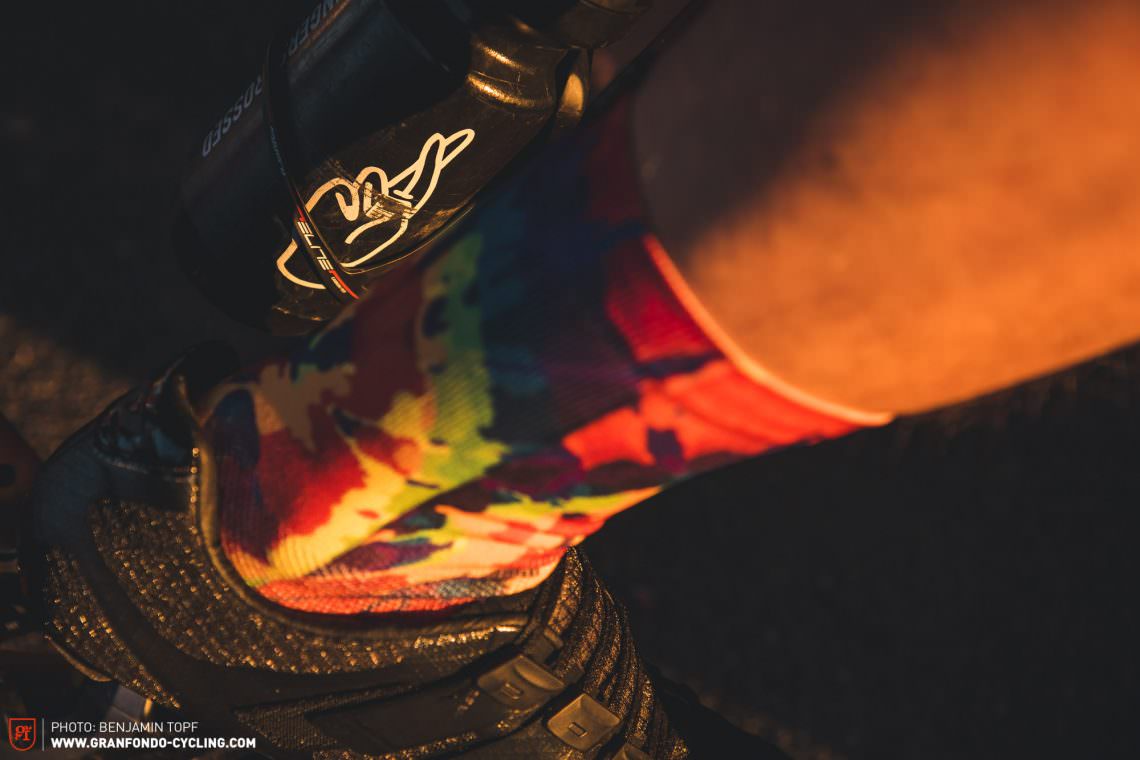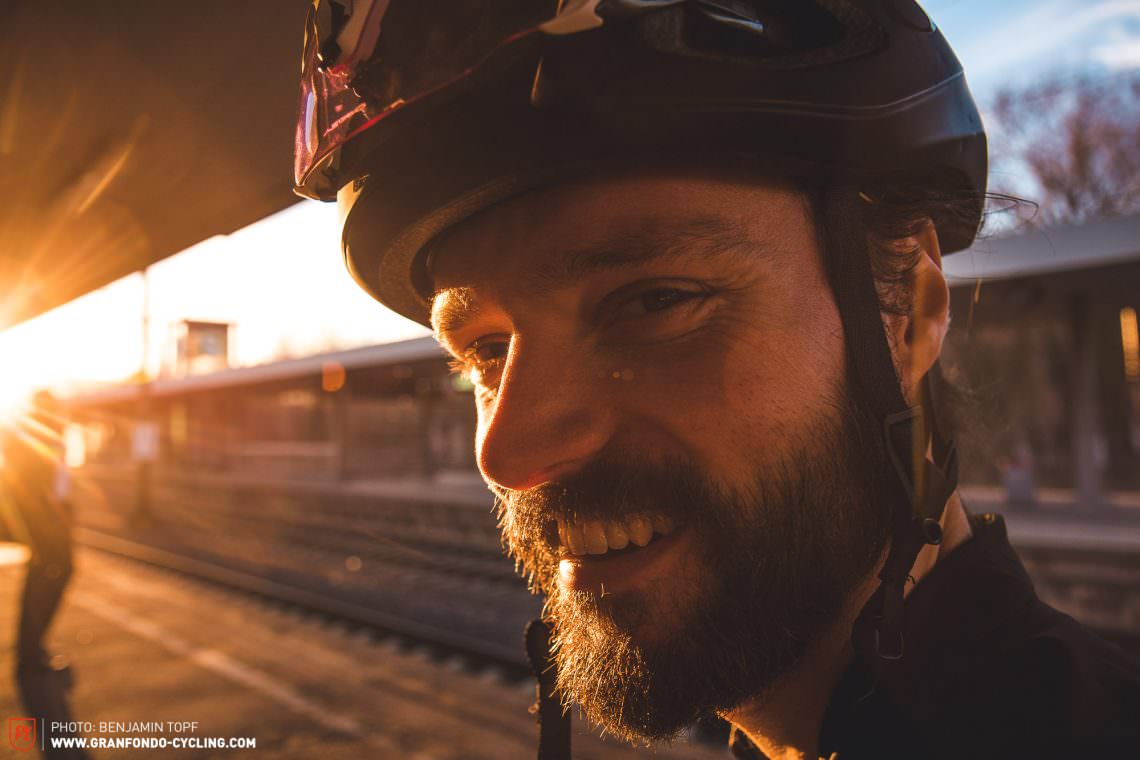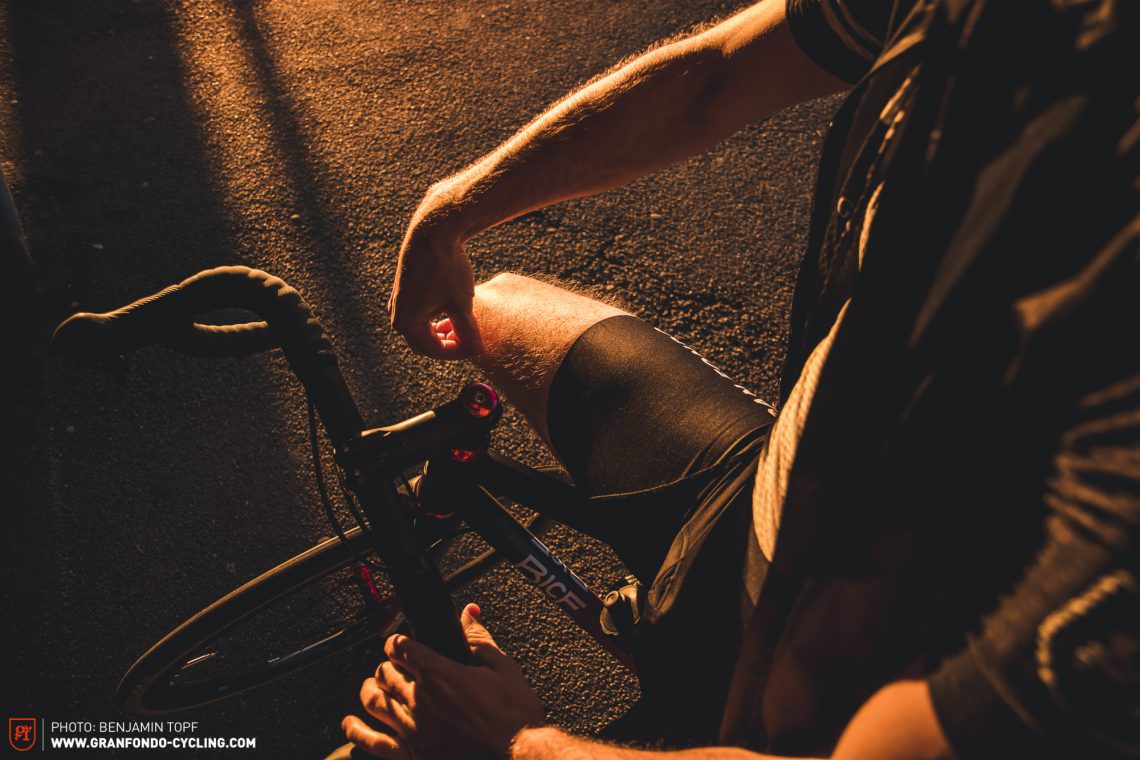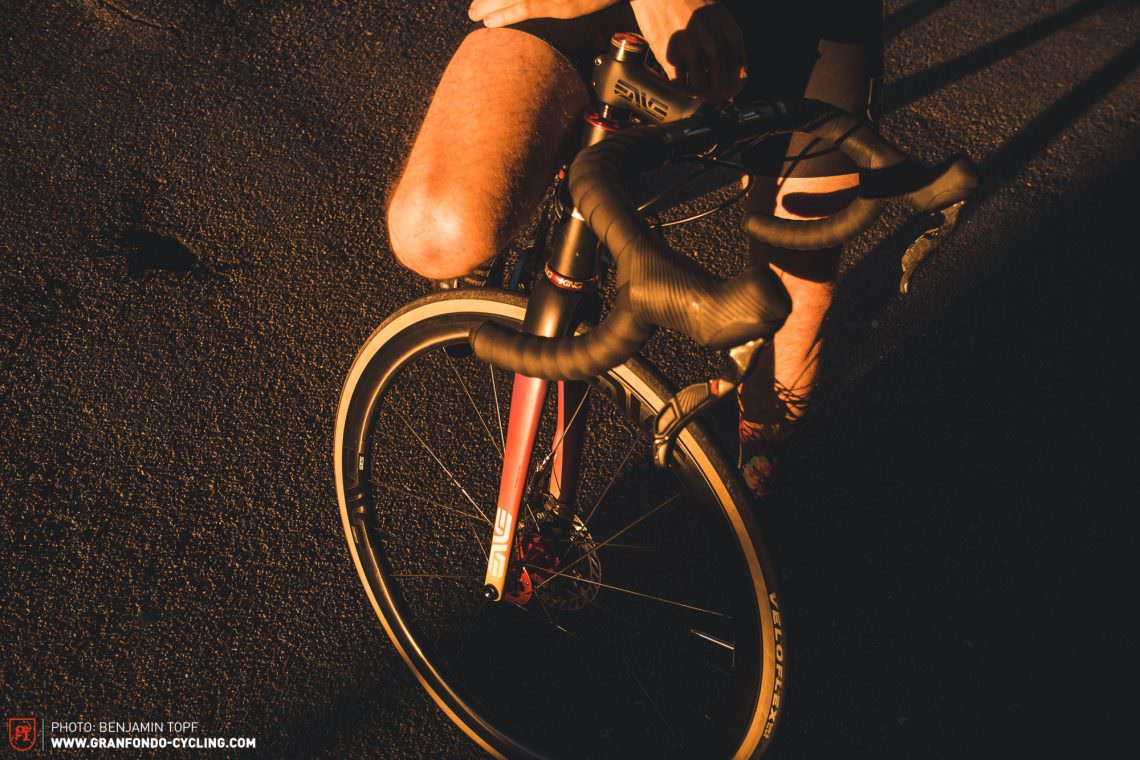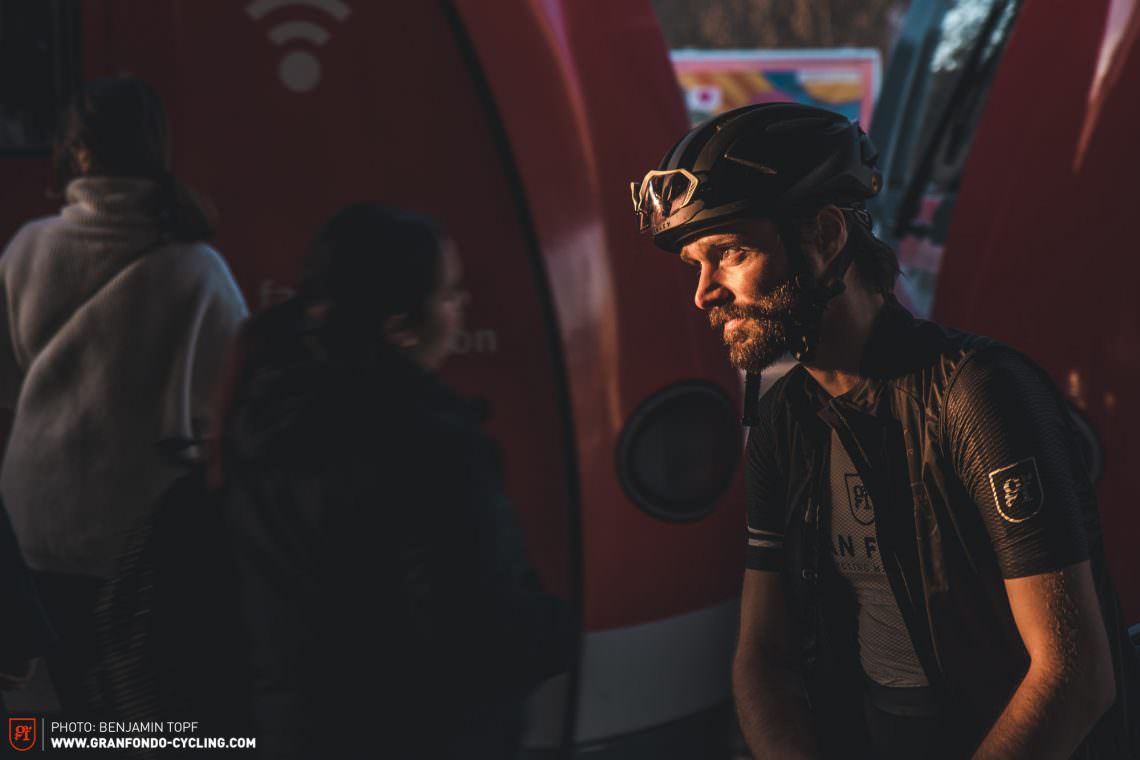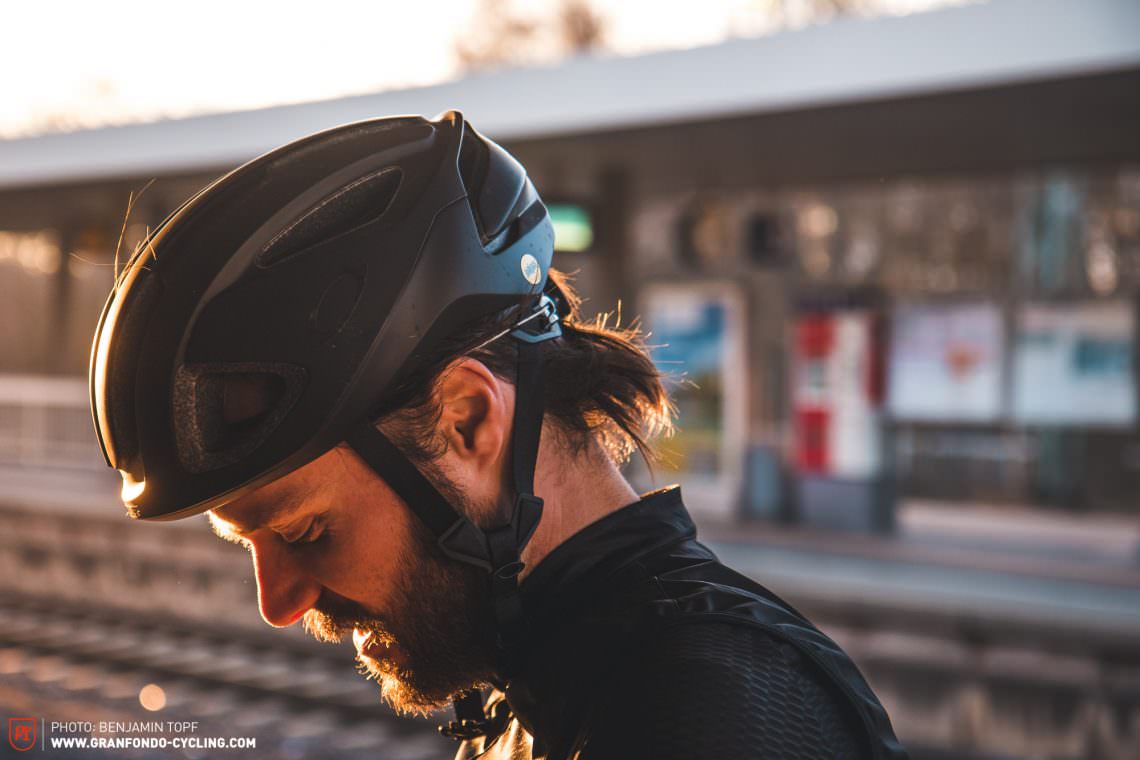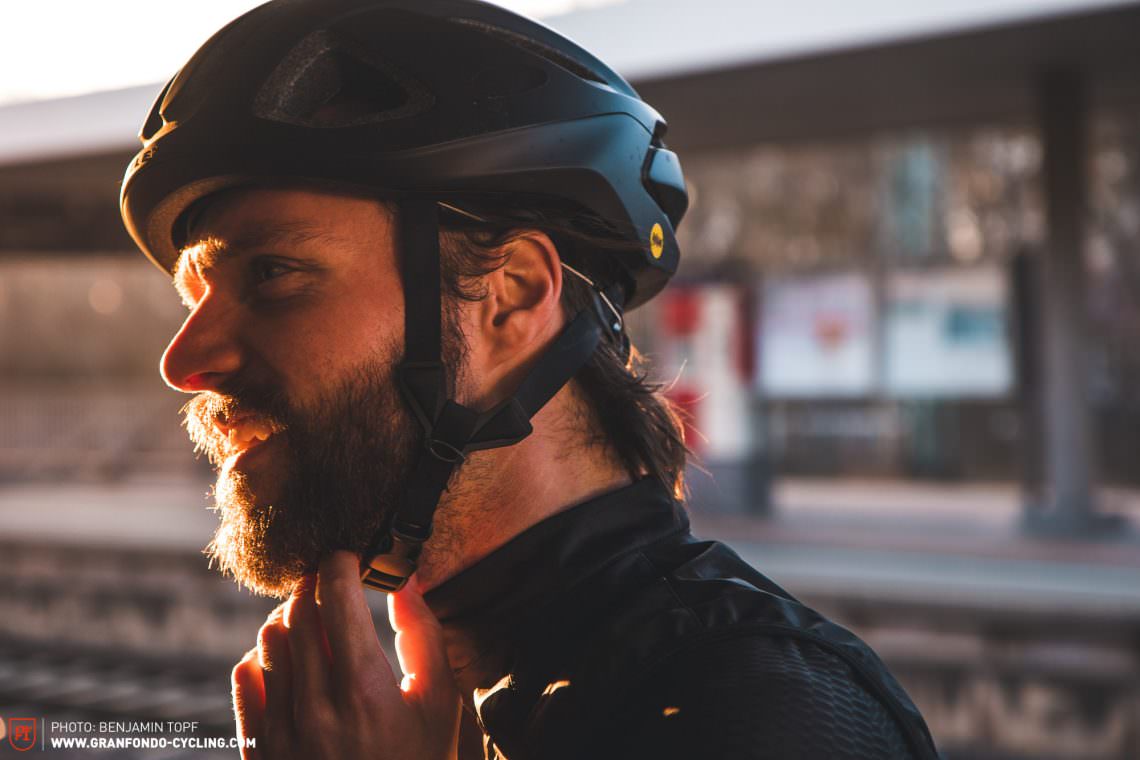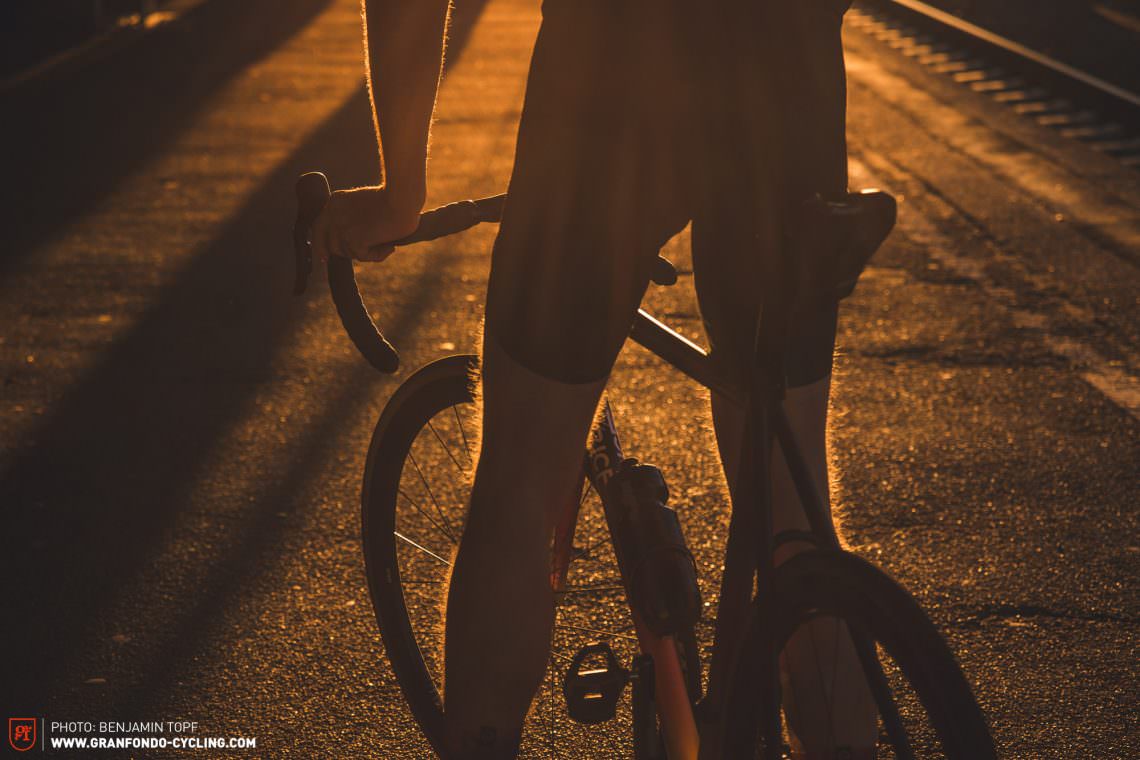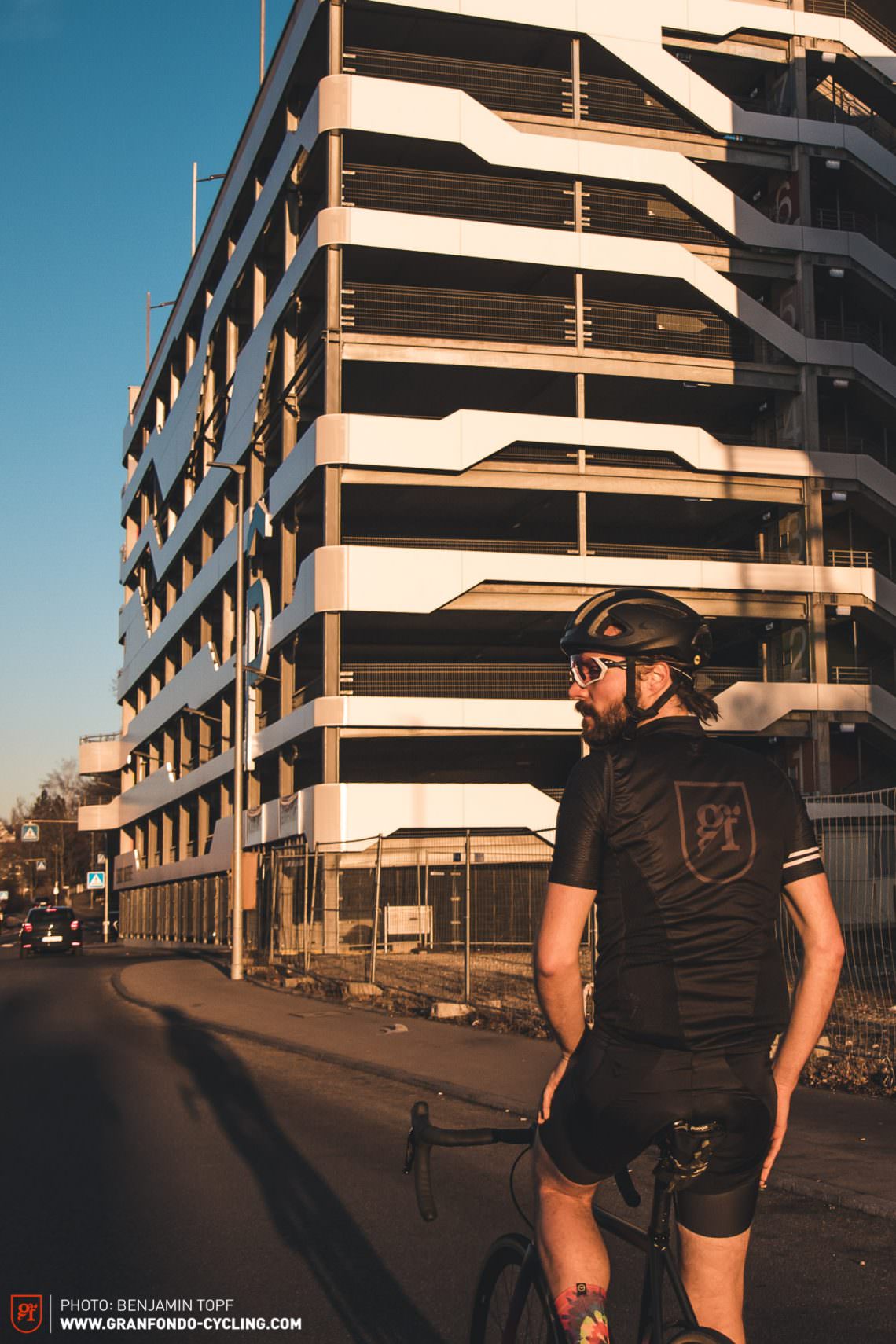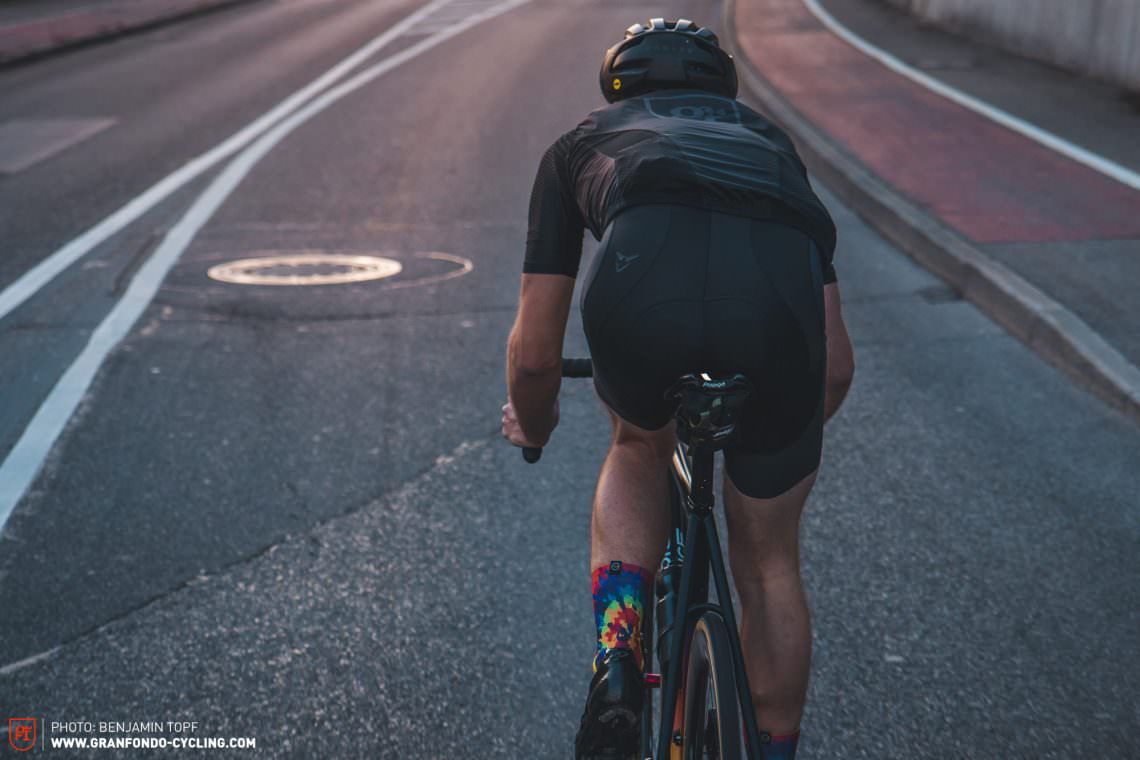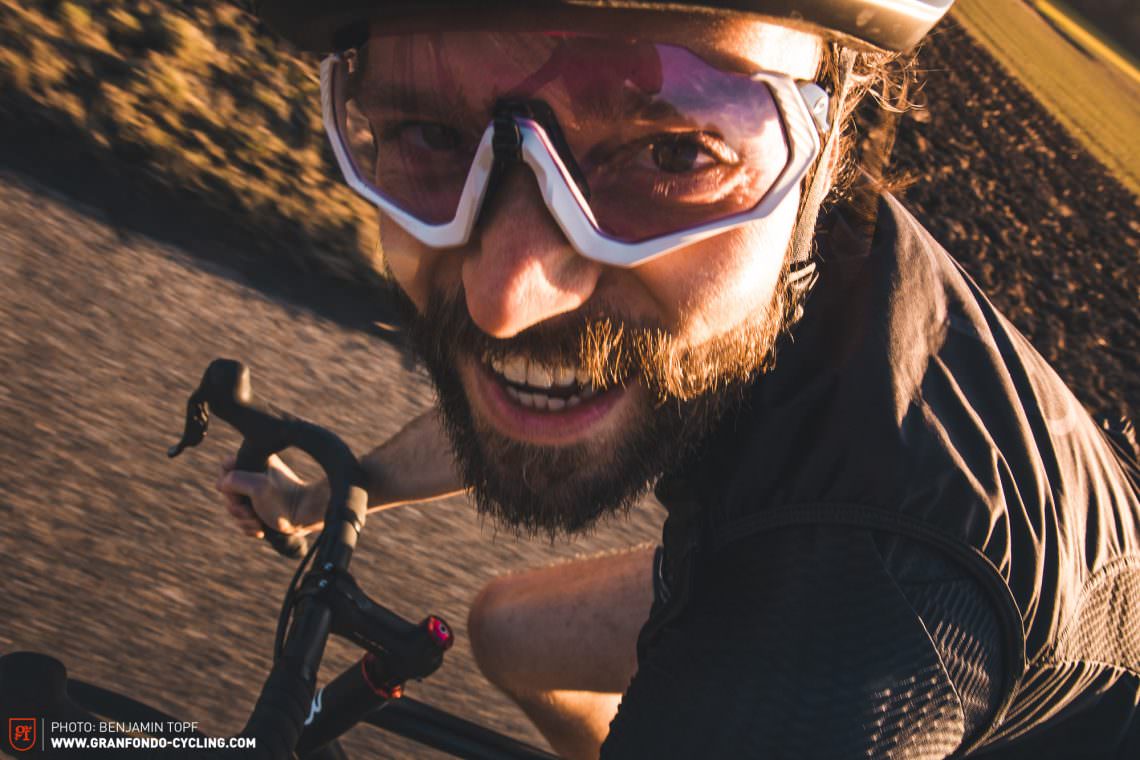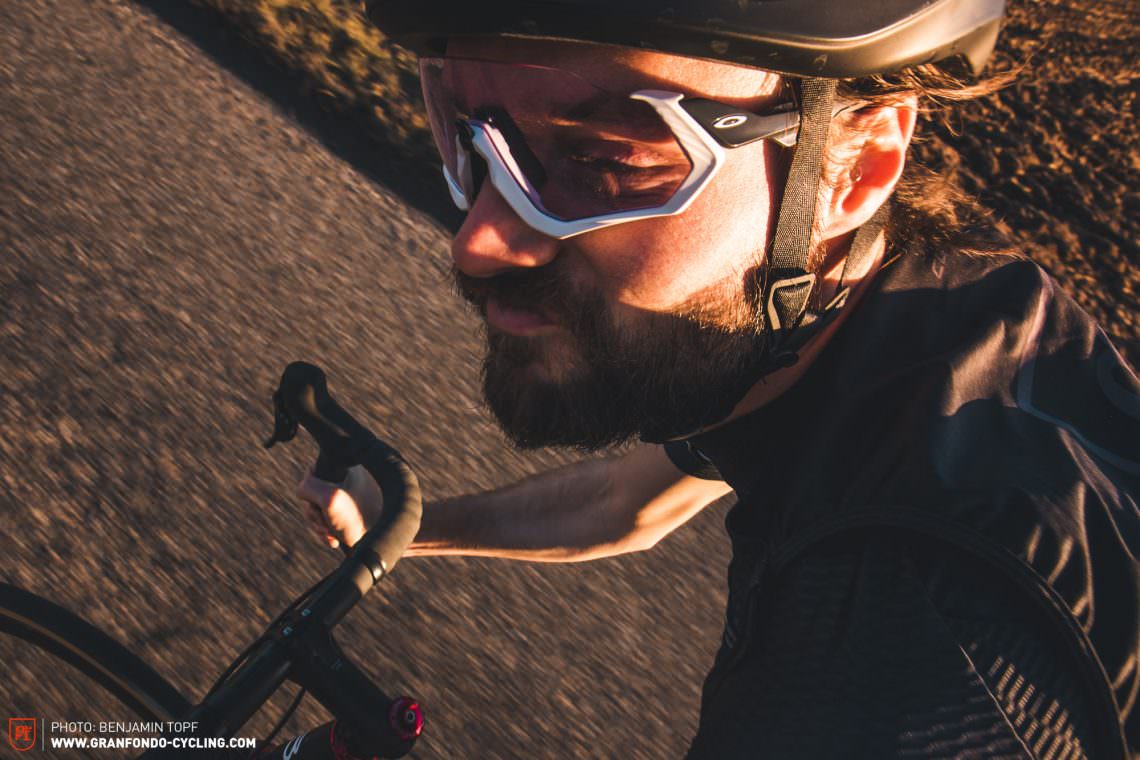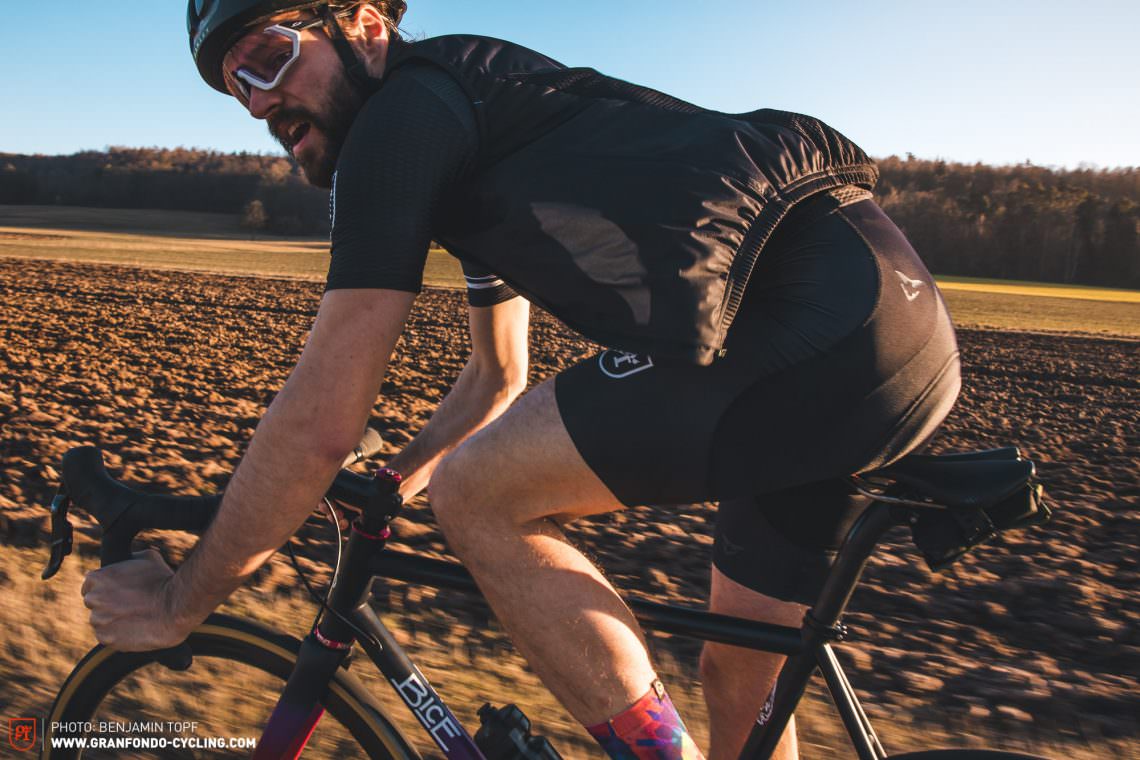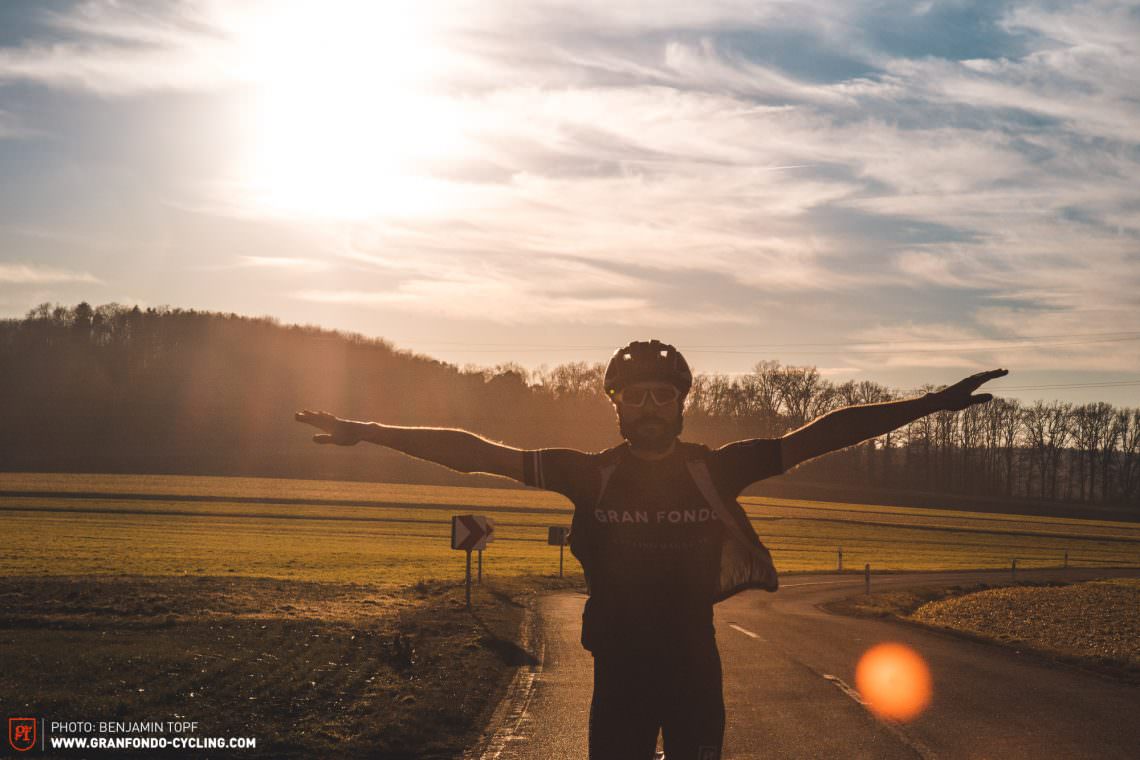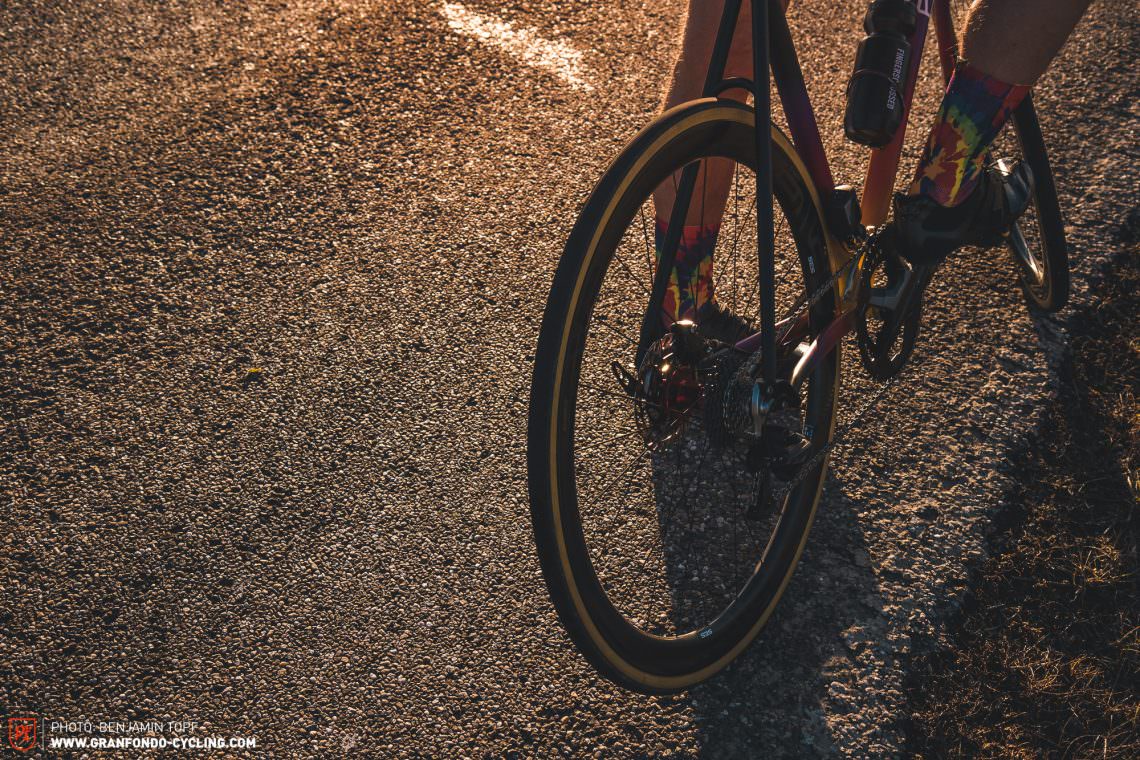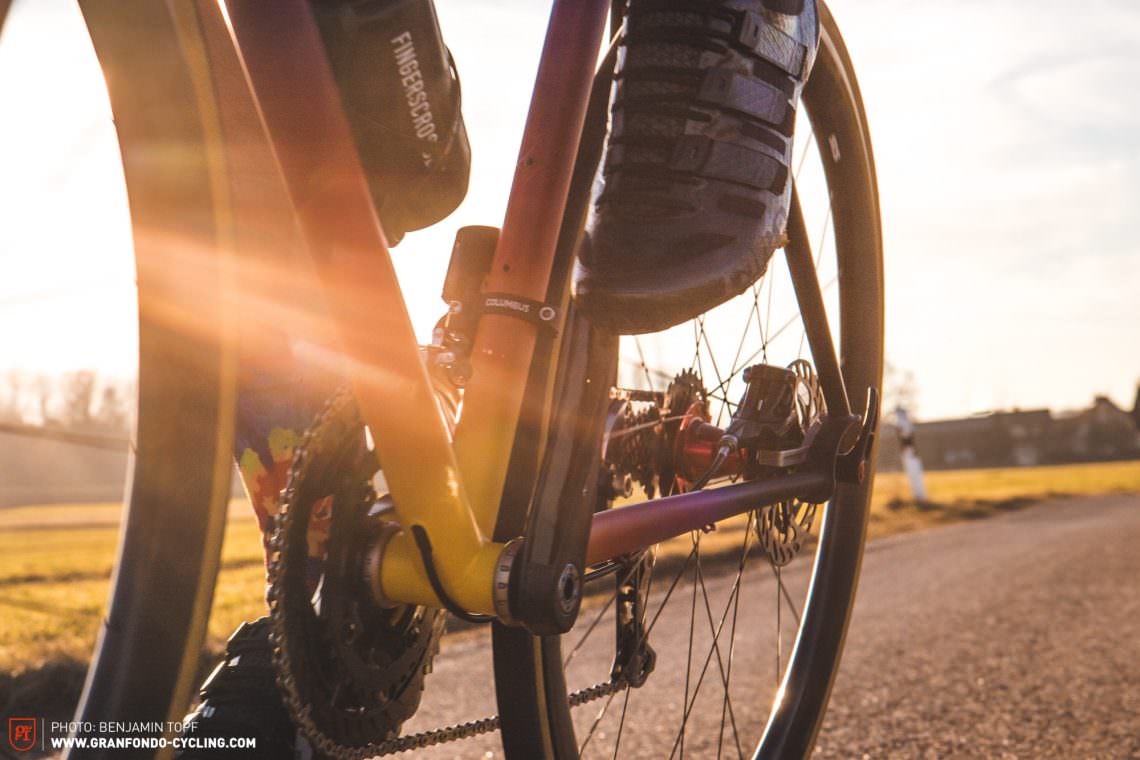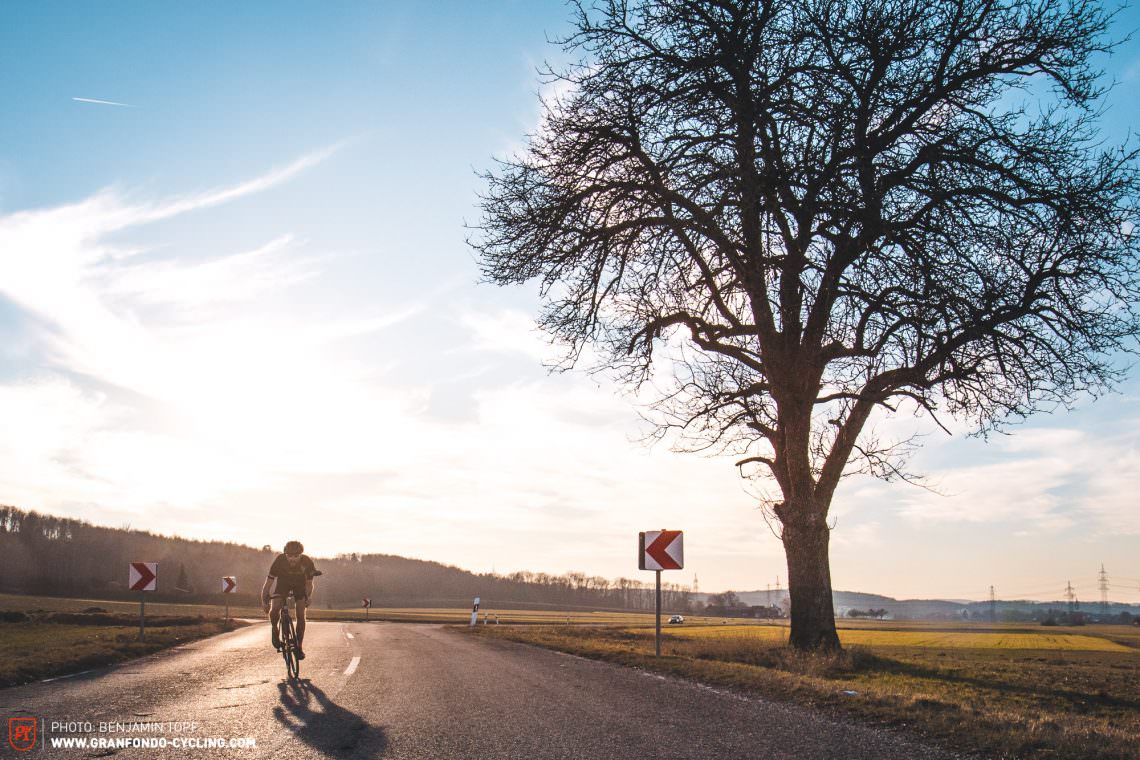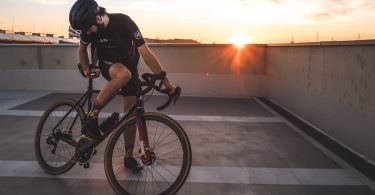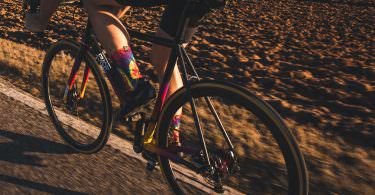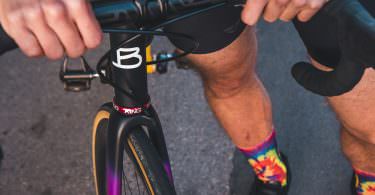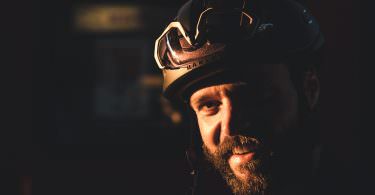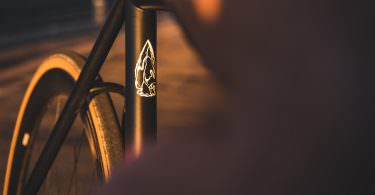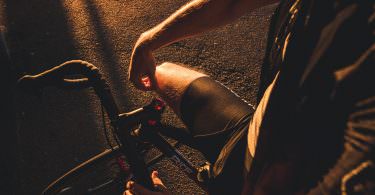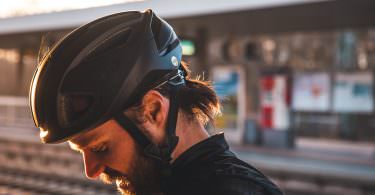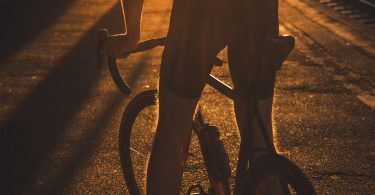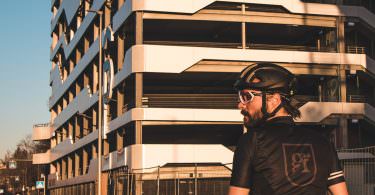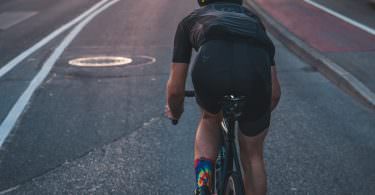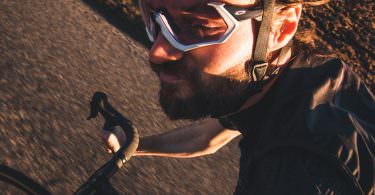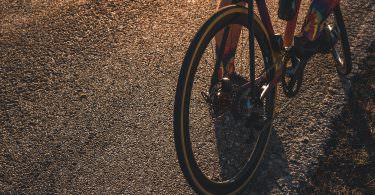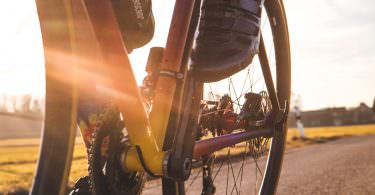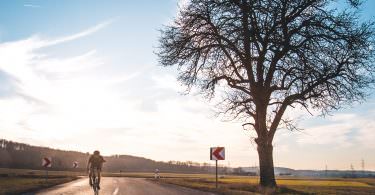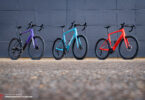Italian frame building meets electronic shifting performance. Can the flashy Bice Sliver custom steel road bike shine just as much riding as it does with its paint job? How does the esoteric FSA K-Force WE drivetrain perform in this test?

Who are Bice Bicycles?
Bice Bicycles are a one man show built up by Italian, Dario Colombo, who discovered his love for bikes at the tender age of five when he was riding a 16” fixie. After a bike trip with friends in Provence in 2007, he became enthralled by travelling on two wheels. Fuelling his fascination Dario developed a mathematical model for his university dissertation to calculate how cycle-friendly Milan’s roads and infrastructure, as well as spending time helping to establish bike workshops in local schools. And Dario also ended up teaching himself the art of frame building. During a bikepacking trip in 2011, he met some Swiss riders and was so enthused by the idea of building a bike that on his return he immediately built himself a workshop and started welding frames. Over time, Dario has experimented with many different methods, techniques and philosophies, as well being graced with countless teachers who have helped him on his journey. Today, there are Bice bikes available to suit any preference, all built from Columbus, Tange or Dedacciai tubing. Whether it’s a gravel bike, 29″ mountain bike or cargo bike, there are no limits placed on your dream for a custom ride. You can contact Dario with your ideas about the geometry you would like, or even better, visit him personally in Verderio, Italy for a bike fitting. After you’ve commissioned the build, it will take around 3 to 4 months before you can have your very own custom frame in your hands and, if it needs saying, with a paint job to match!

Bice Sliver in detail
The Bice Sliver is Dario’s dedicated road bike. It’s a ride that celebrates high speeds, yet should be able to suit any rider’s desires thanks to the custom geometry on offer. The oversized Columbus tubes mean the frame is relatively light at 1,620 g for a steel build, while maintaining excellent stiffness and power transfer. Nonetheless, Bice claim the frame retains the typical comfort that steel is known for, meaning you won’t feel like you’re sitting on a jackhammer even through rougher terrain.
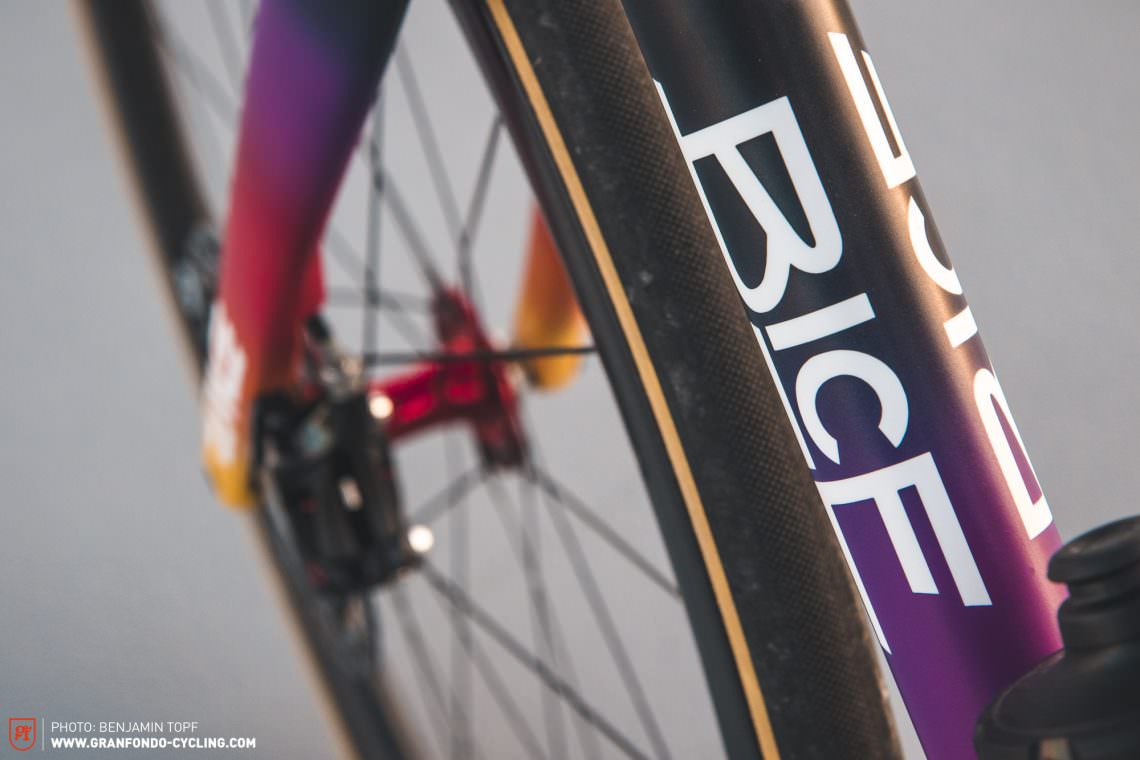
But the customisation doesn’t end with just the geometry. Everything from the finish, the fork and braking (ENVE Disc or Rim brake fork respectively, or a Columbus Futura Disc fork) and the electronic drivetrain (SRAM eTap, Shimano Di2 or FSA WE) are yours to choose freely. The finish of our test bike is flawless, with smooth and seamless colour fades. The Sliver definitely has the potential to be a dream bike and will stand out in any group ride, regardless of what other high-end racers may be out with you. Dario has also come up with a unique solution for the disc brake mount. The rear calliper is mounted on the removable dropouts rather than threaded through the chainstay. However, the CNC machined mount does feel a little industrial, especially in contrast to the dainty and elegant proportions of the tubeset. It also offers relatively little clearance between itself and the disc rotor.


Bice Sliver components
Drivetrain FSA K-Force WE, 2 x 11, 52/36 t
Cassette FSA K-Force WE 11-28 t
Brakes FSA K-Force WE 160/140 mm
Wheelset ENVE SES rims with Chris King hubs
Tires Veloflex Master, 700 x 28C
Seatpost ENVE Carbon, 25 mm offset
Bars ENVE Carbon, 420 mm
Stem ENVE Carbon, 110 mm
Weight 7.98 kg in size Medium
Price on application
Sizes custom
Availability on request
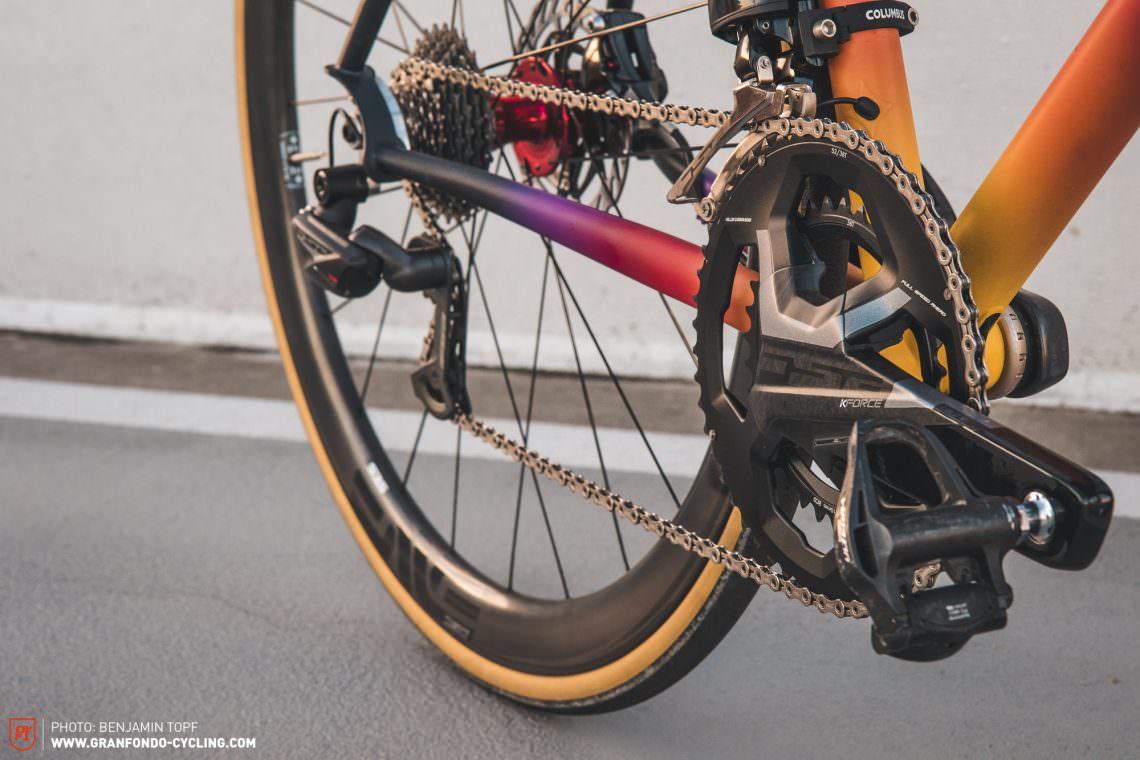
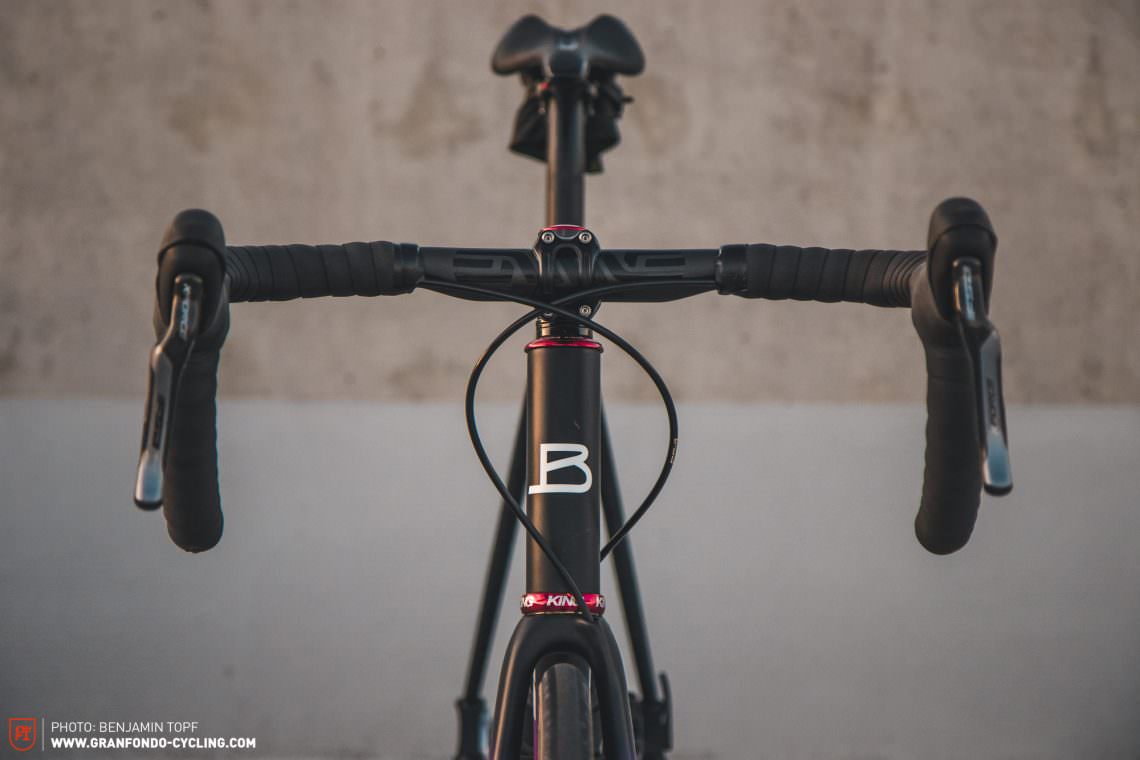
Bice Sliver first ride review
If you still remember your last ride aboard a steel racer, you’ll be pleasantly surprised by the Sliver. The bike accelerates directly and it’s especially when you’re out of the saddle that it’s noticeably stiffer than comparable steel racers. In terms of riding at and maintaining its speed, the Sliver turns out to be a good all-rounder. On the flats, it happily flies along and maintains its momentum.

Even if this steel frame might be one of the lightest in its class, the Bice Sliver isn’t a mountain goat and the added weight over current carbon frames is noticeable. The frameset weighs around twice as much as a more contemporary option. However, if you’re not on the hunt for KOMs and want to enjoy nature and your surroundings instead, you’ll find an efficient companion in the form of the Sliver. Rolling hills with moderate inclines are one of this bike’s strengths. Short, sharp climbs are also easy to dispatch thanks to the easy-sprinting and direct nature of the bike.
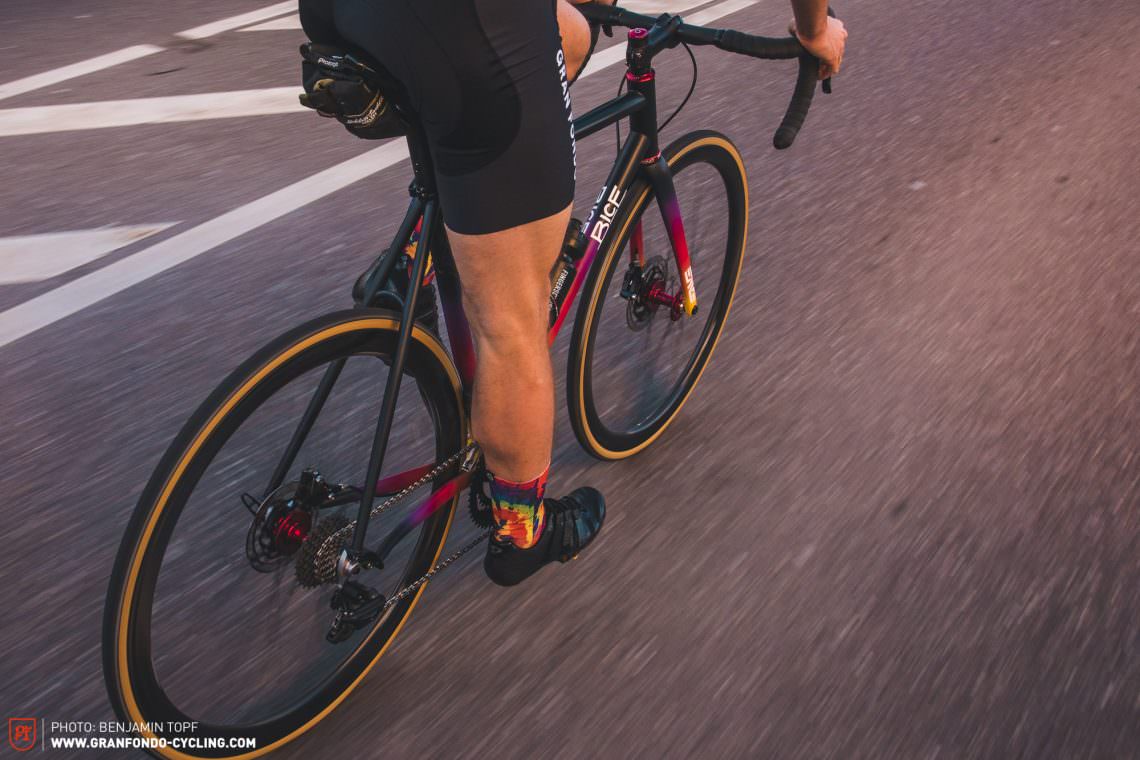
But the Sliver shows its best side on the way downhill. It invites you to have fun and enjoy the ride whatever the situation, revealing its playful character. The manoeuvrability of the front and rear are well-matched and the Bice road bike has reassuringly stable handling, resulting in a feeling of trust and security. The steel frame plays to its strengths with its natural flex generating great amounts of traction. Likewise, the 700 x 25C Veloflex Master tires shine on the downhills with good damping and consistent performance – we’ve already taken a closer look at them in our road bike tire group test (read more here).
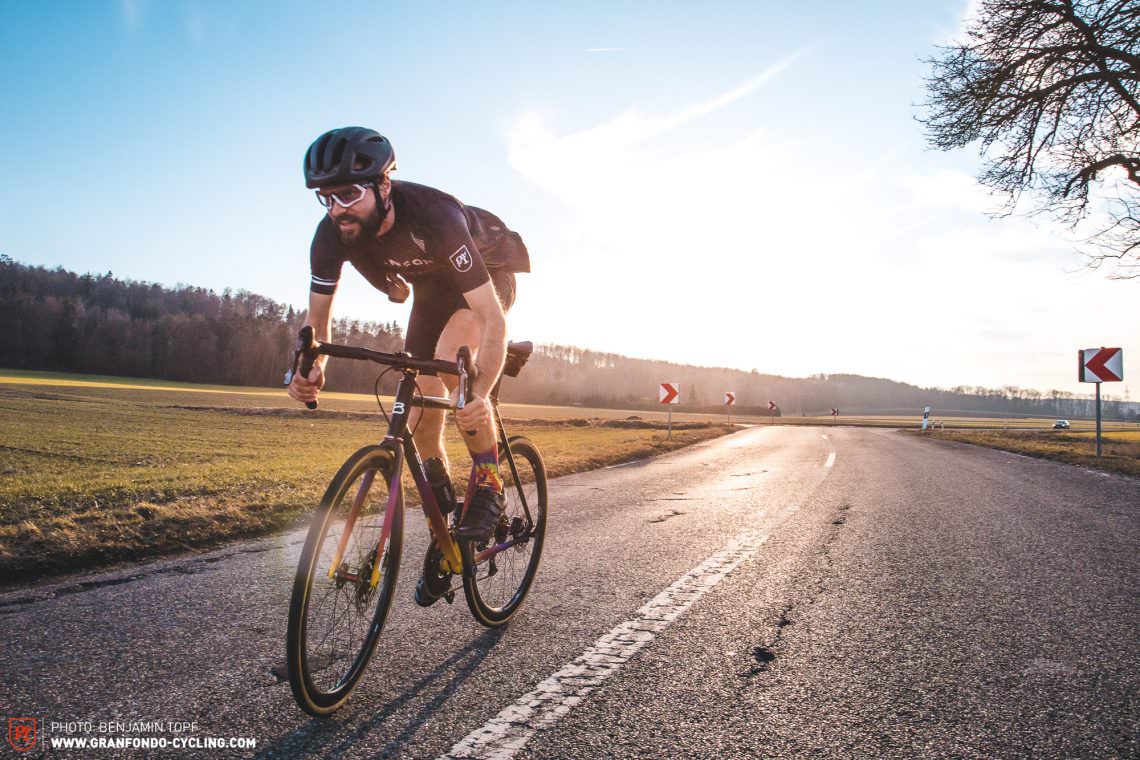
The Sliver also scores on bad roads where it offers a level of comfort the likes of which high-performance carbon is rarely able to match. The interplay between vibration damping and stiffness is well-judged without resulting in an indirect or vague feel. The cleverly specced mix of components contributes to the harmonious and balanced handling of the Bice Sliver, making it well suited to long days in the saddle.
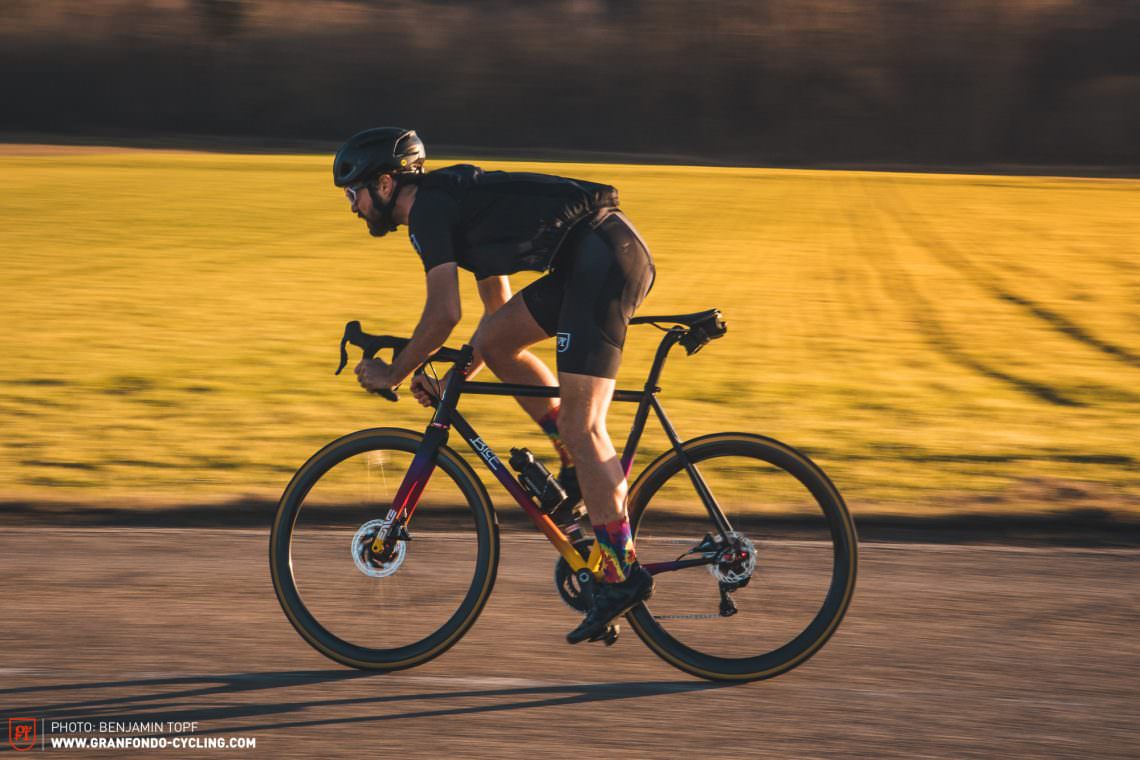
Bice Sliver steel road bike summary
The Bice Sliver is more than just a pretty face. It shines with fantastic looks, brilliant finishing quality and balanced comfort. This road bike is the perfect platform for the sporty rider who knows exactly what they want from their bike. If you already have an idea of what geometry would suit you, you can make your dream custom bike a reality here!
You can find more information about Bice Bicycles at bicebicycles.com
Do you want to know more about the best road bikes currently on the market? Then read our big road bike group test!
FSA K-Force WE groupset in detail
The choice of electronic road bike drivetrains is limited. The market is dominated by Shimano Di2 and SRAM eTap groupsets with Campagnolo’s Super Record EPS drivetrain bringing up the rear. FSA want to offer a little more variety and after extensive research and development, released the K-Force WE drivetrain three years ago. Both derailleurs receive shift signals wirelessly via an ANT+ signal. That makes it easy to connect with ANT+ or Bluetooth GPS devices and smartphones. The latter lets the drivetrain be easily set up via the associated app.

However, the groupset doesn’t manage to avoid cables completely. Both derailleurs are powered by a 7.4 V battery that sits inside the seatpost. According to FSA, the groupset is very frugal and depending on the terrain and how much you shift, the battery will last between 4,000 and 6,500 km. When empty, it can be charged in 1.5 hours. If your GPS or smartphone are connected to the K-Force WE, the system will also notify you when the battery is low – practical!

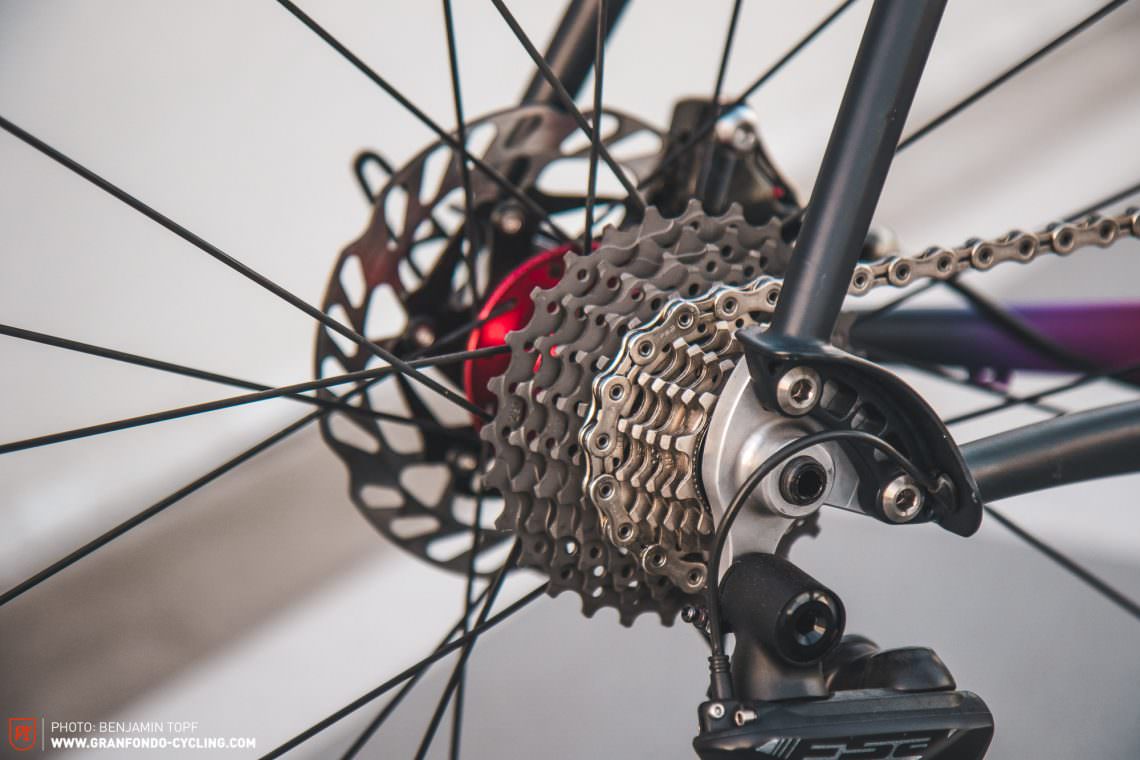
Component details
Cranks 170; 172.5; 175 mm – 53/39 t, 52/36 t, 50/34 t – 534 g (50/34 t)
Levers 2×11, 2032 battery like eTap (1–2 year lifespan)– 308 g (pair)
Front derailleur 2×11, 16 t capacity (e.g. 50/34 t) – 162 g
Rear derailleur 2×11, max. sprocket 32 t, capacity 37 t – 216 g
Chain 246 g (114 Glieder)
Cassette 11–25 t, 11–28 t, 11–32 t – 257 g (11–28 t) for normal freehub bodies
Price € 3,271
FSA K-Force WE groupset on test
Before getting on your bike, you’ll have to remember to turn on the drivetrain with the button on the front derailleur. That’s a little bit annoying to begin with but is quick to get used to and saves on battery power when not in use. The brake/shift lever aren’t clunky, despite the hydraulic master cylinder hidden inside. Instead they’re ergonomic and pleasantly compact. Over long distances, comfort is excellent and the rubber grip offers a positive hold. For optimum ergonomics, the levers are offered in two different lengths. The compact version, with 6 mm shorter levers, offers better handling for smaller hands. The reach of the levers can also be adjusted and should make a comfortable position possible for most hand sizes and finger lengths.
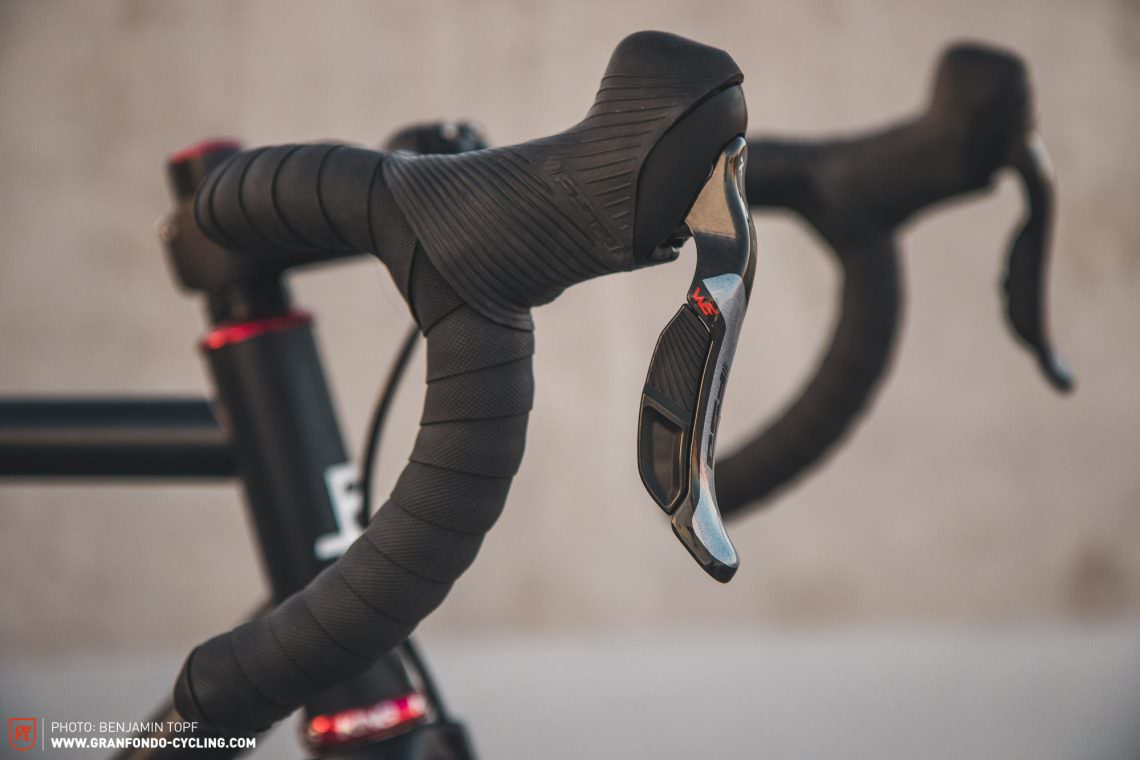
Unfortunately, what should be the K-Force WE groupset’s central focus, the shifting performance, couldn’t completely convince us. While we admit that Shimano’s Dura-Ace Di2 drivetrain benefits from the oft-used Direct Mount hanger, even taking this into account, when switching back it’s noticeable that the shifts on the K-Force WE drivetrain are slower. The K-Force WE drivetrain is missing the same level of direct snappiness, leaving it comparable to the SRAM RED eTap AXS groupset, which we’ve already tested thoroughly (read more here). With the WE DASHBOARD app, which was not yet available at the time of the test, the shifting performance should be improved and the delay of the shifting processes can be set.
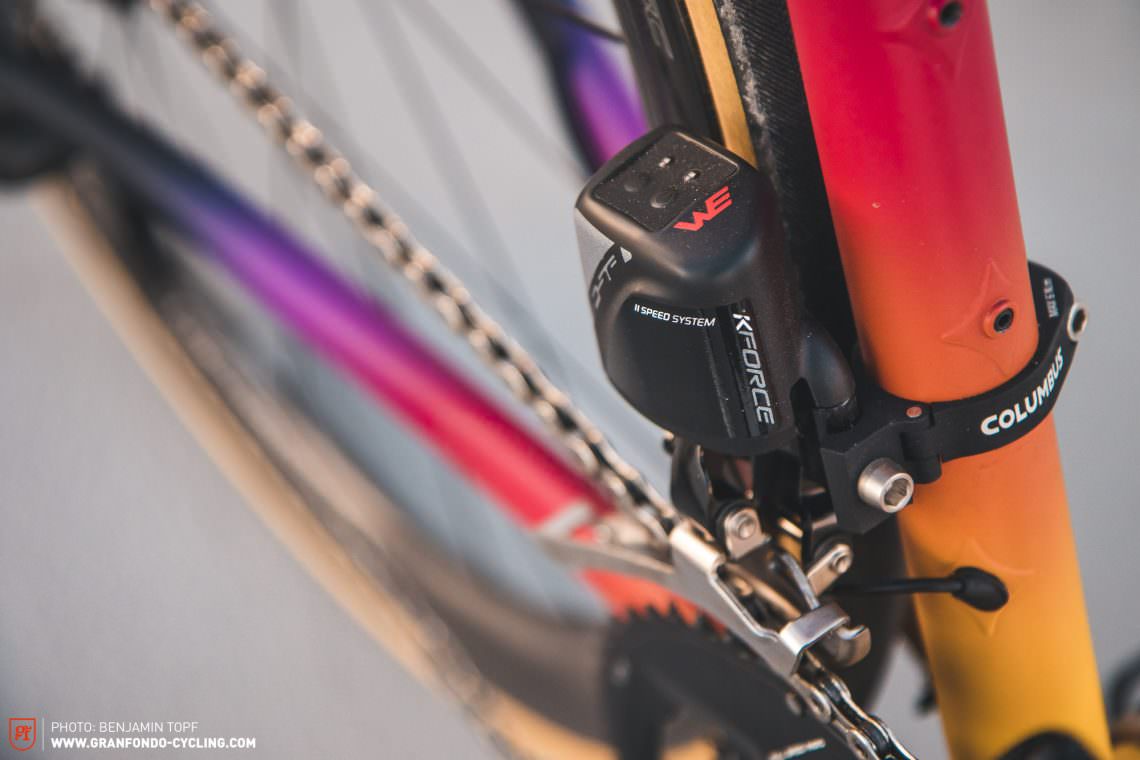
On cobbles or in frenetic situations, the sensitive rocker switch of the shift lever can lead to some mis-shifts. Likewise, if you don’t hit the sweet spot of the shift lever exactly, the tactile feedback is less defined. That can lead to unnecessary fumbling when trying to select the right gear. However, on normal rides you’ll hardly encounter any problems and after hundreds of actuations, you’ll quickly become adept and gain the required muscle memory.
The hydraulic disc brakes fitted to our test bike offered great stopping power whatever the weather. The bite point is nicely defined and the braking power can be modulated effectively. On long descents, we couldn’t get the brakes to overheat or rub, and they always proved reliable.
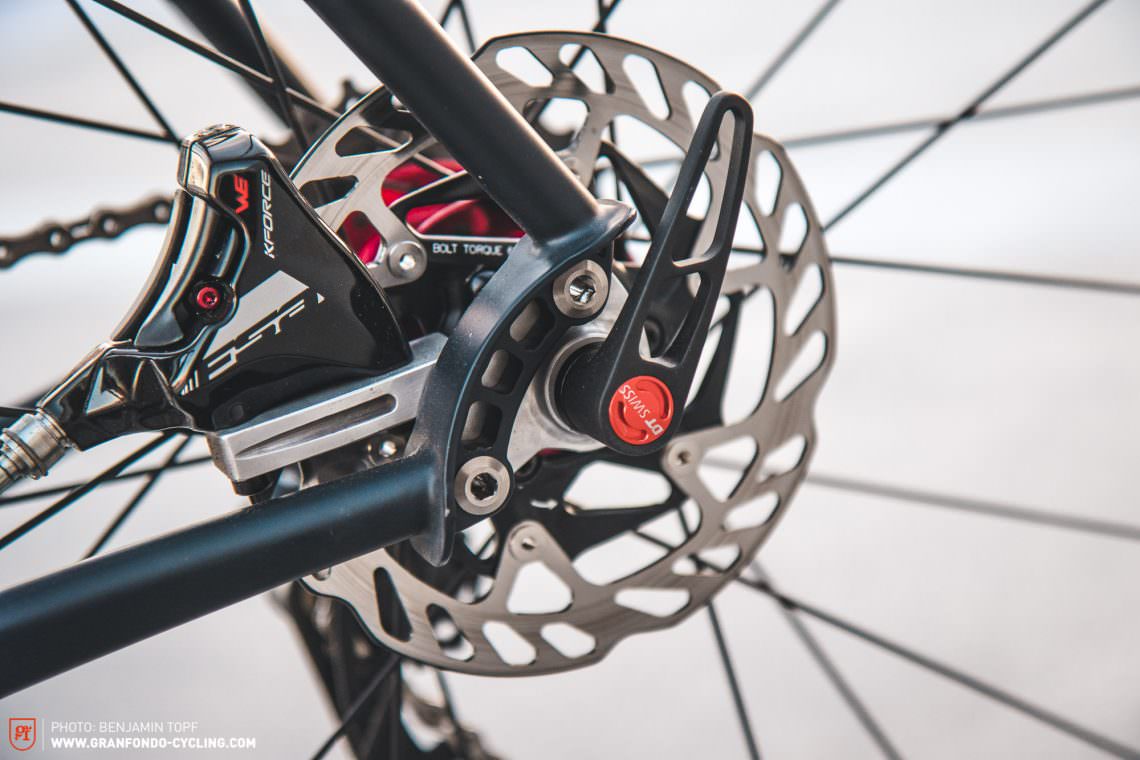
FSA K-Force WE groupset summary
Diversity is a nice thing in the groupset cosmos too. We’re pleased to see a further player in the electronic drivetrain scene alongside the three biggest competitors. This first attempt by FSA is already a solid package and shines with its ergonomic shift/brake levers and reliable brakes. However, the shifting will have to be a little more defined and snappy to pose a real threat to the competitors on the market.
You can find more information about the FSA K-Force WE groupset at fullspeedahead.com
Did you enjoy this article? If so, we would be stoked if you decide to support us with a monthly contribution. By becoming a supporter of GRAN FONDO, you will help secure a sustainable future for high-quality cycling journalism. Click here to learn more.
Words: Benjamin Topf, Philipp Schwab Photos: Benjamin Topf


